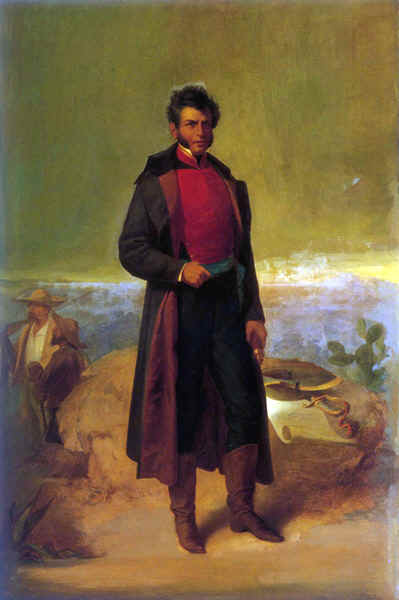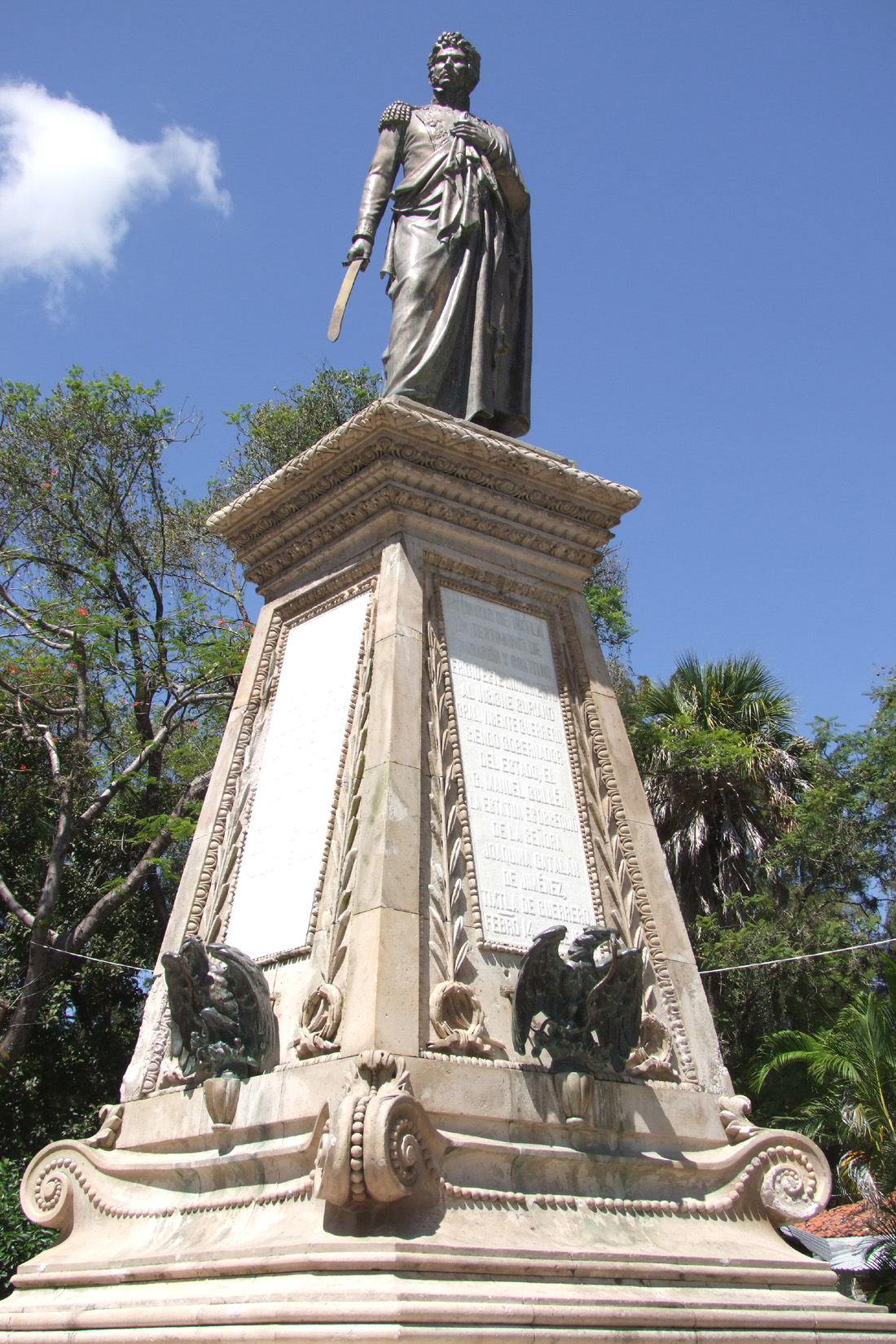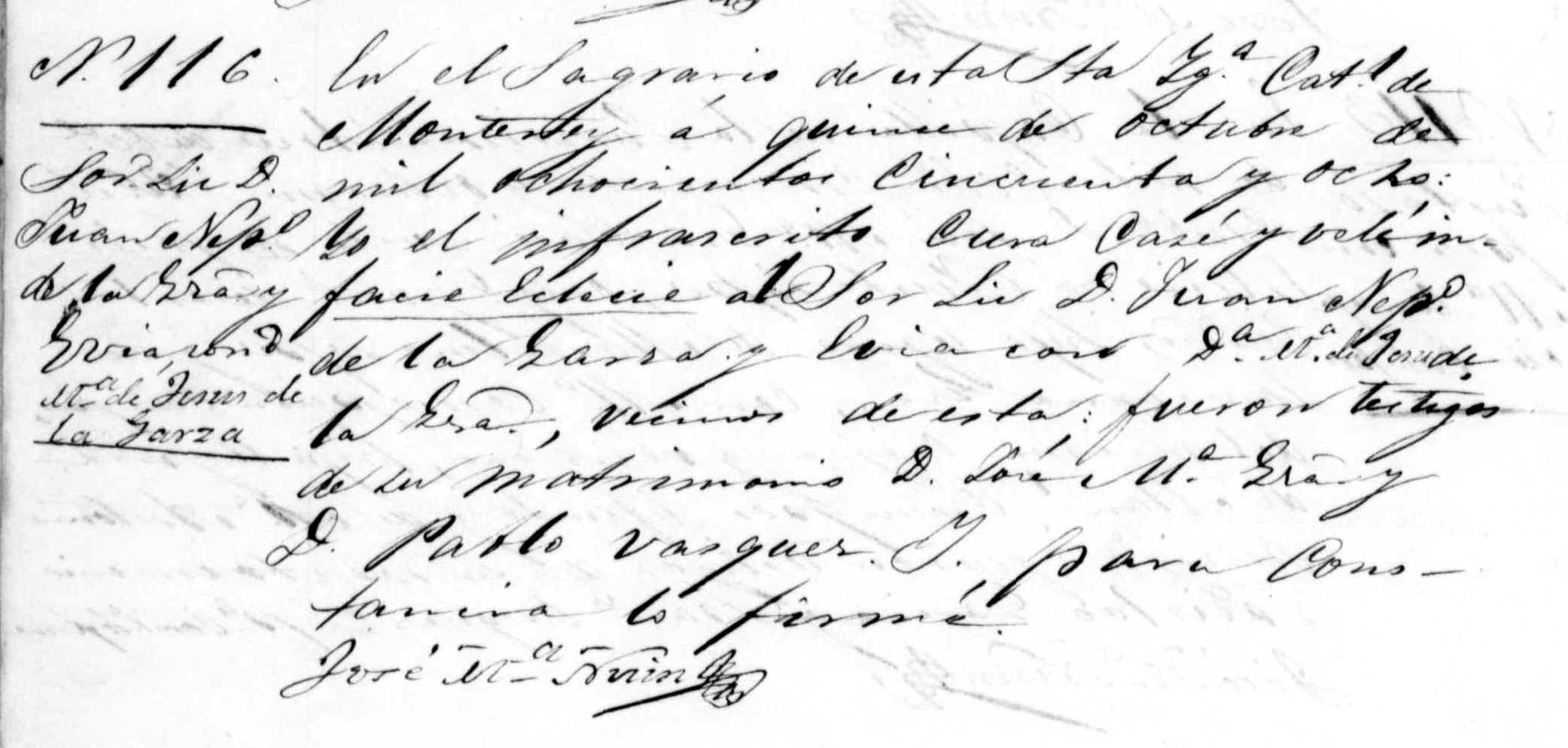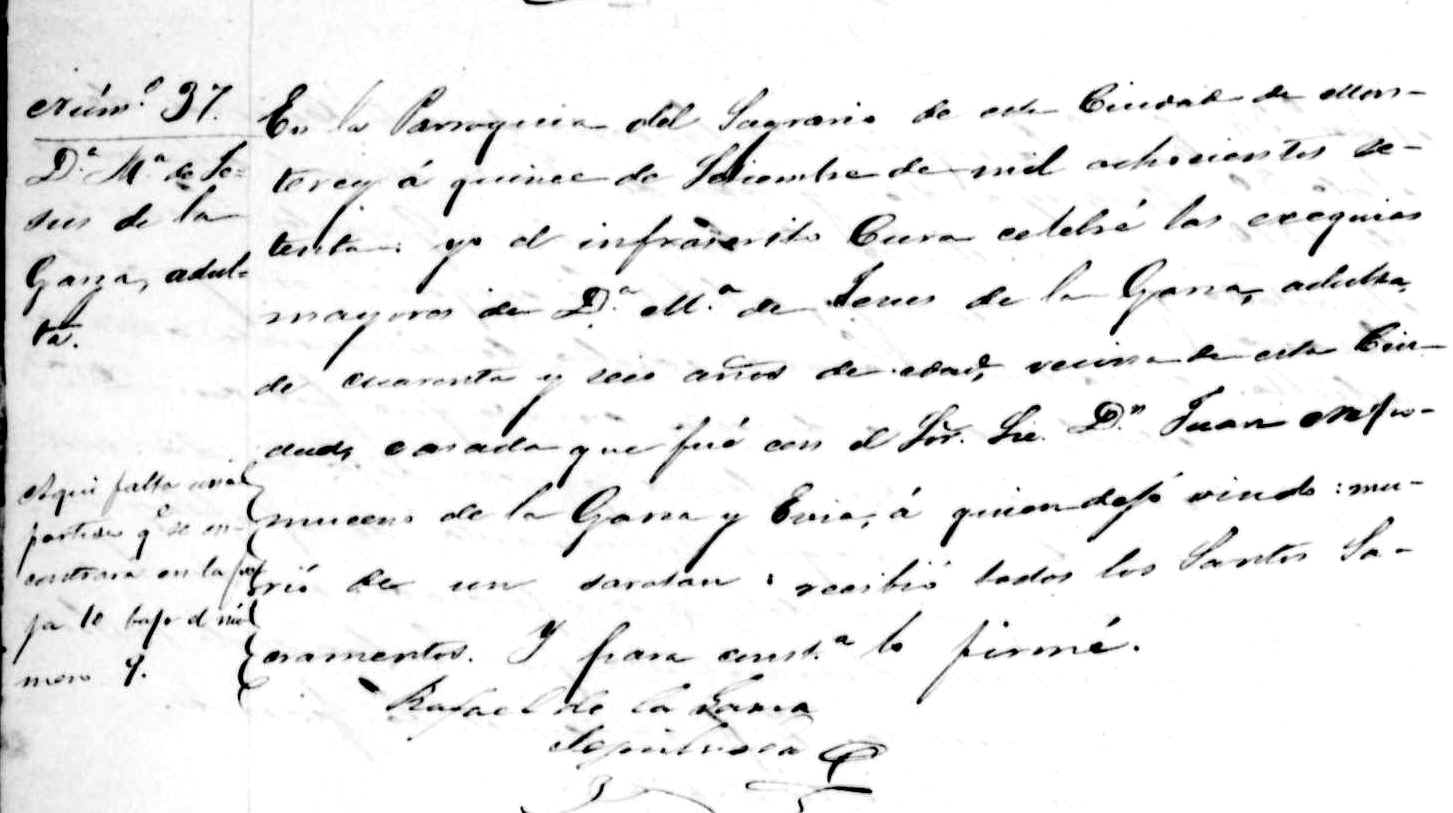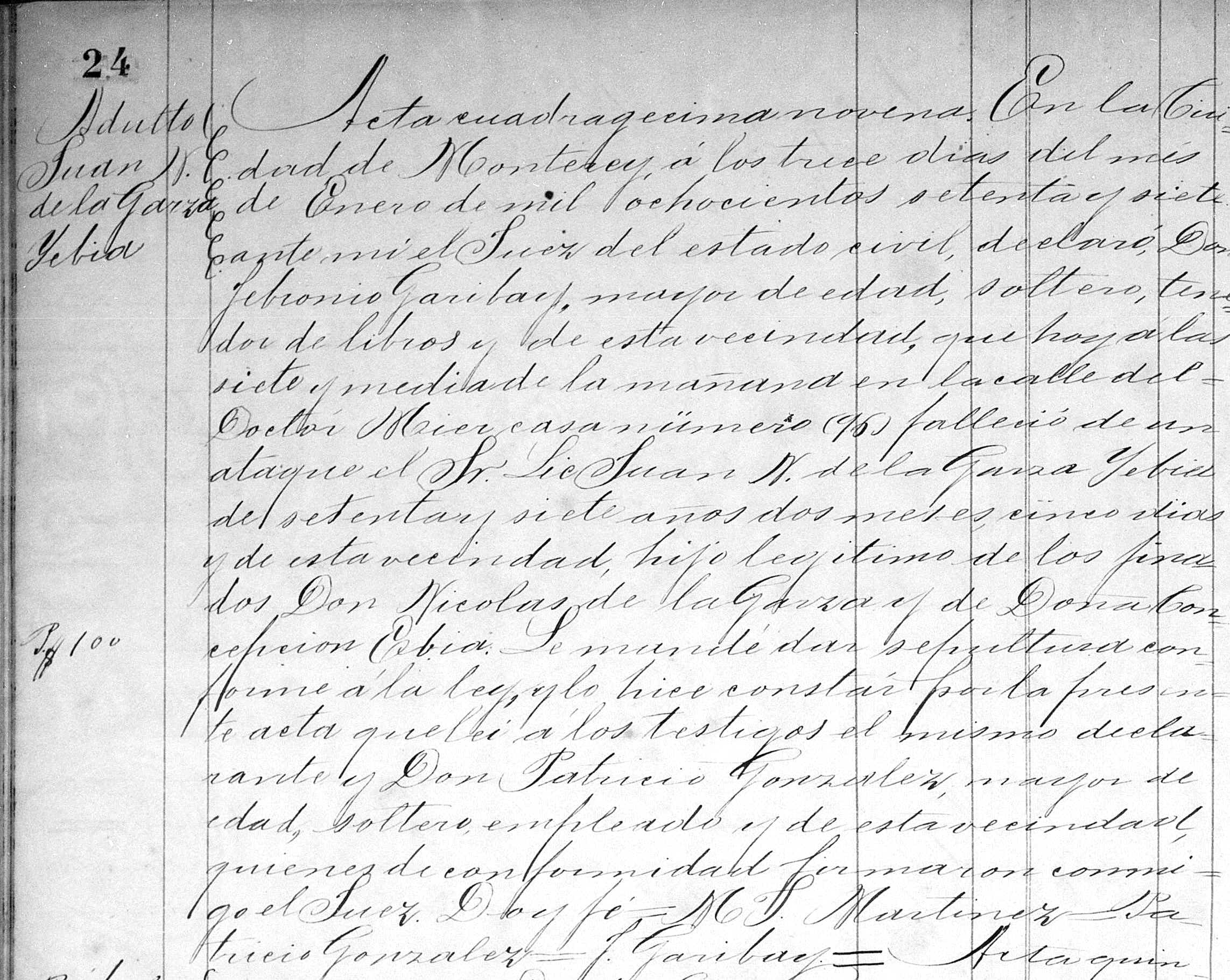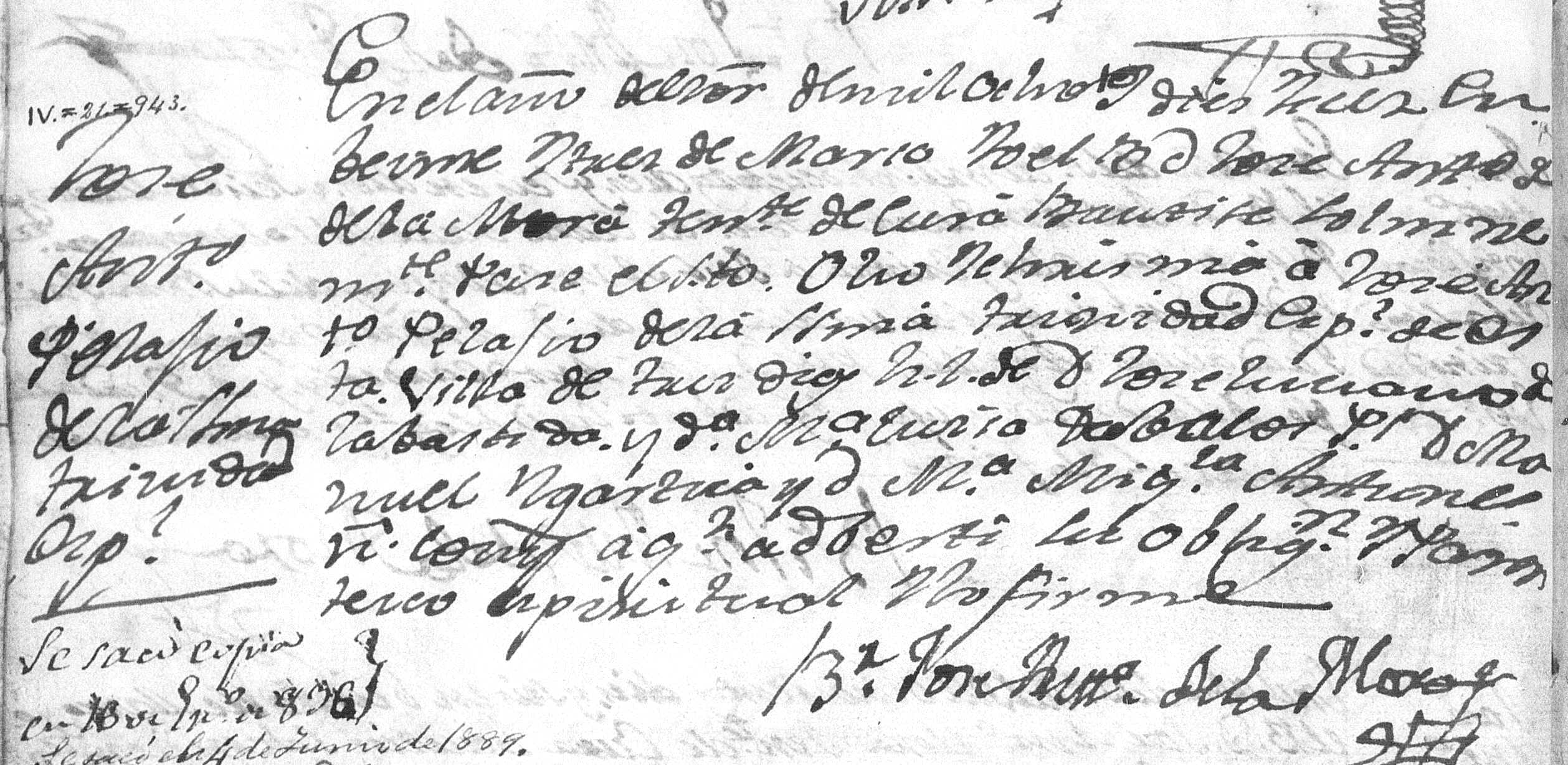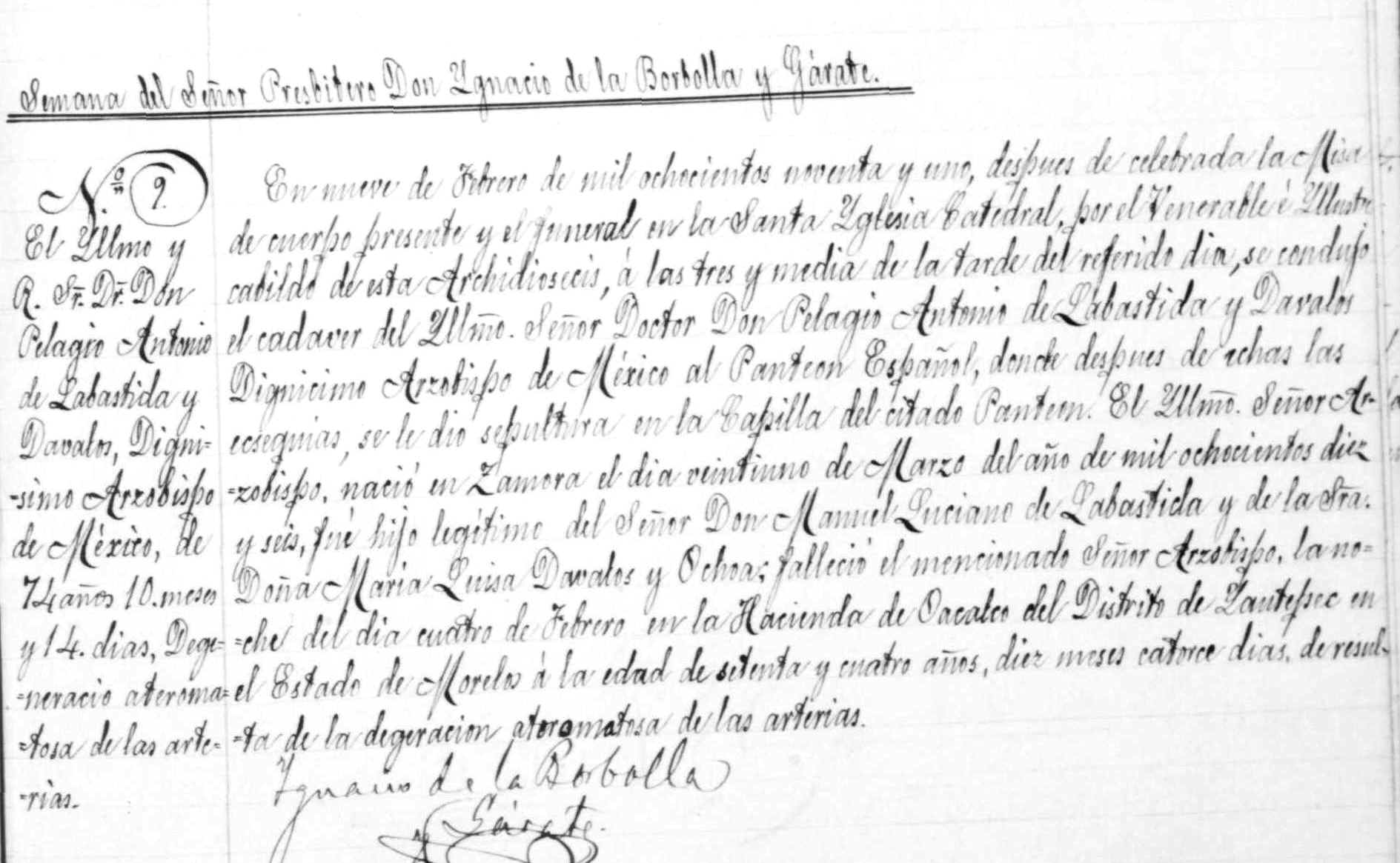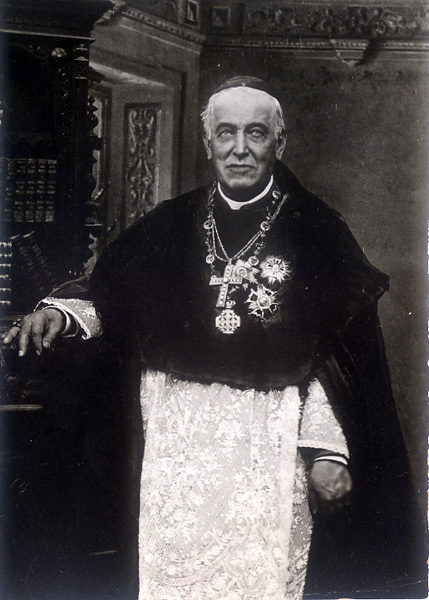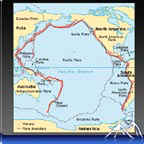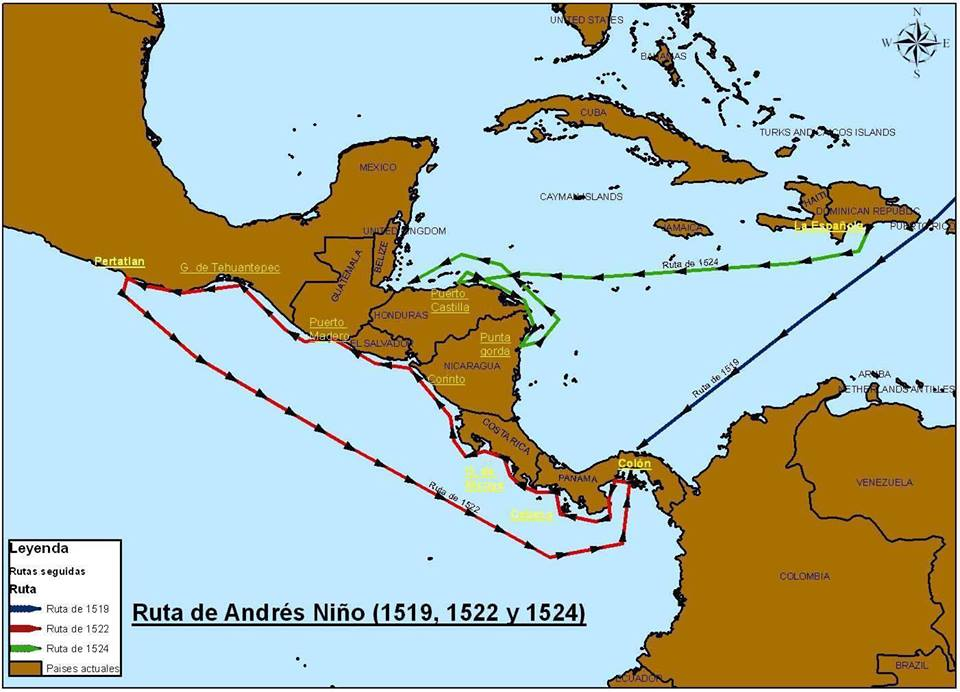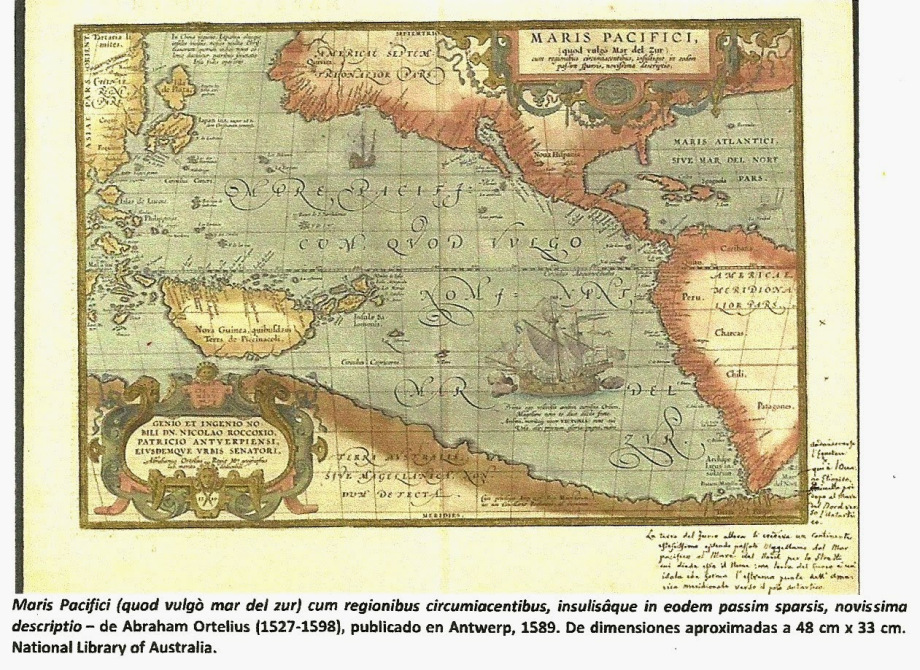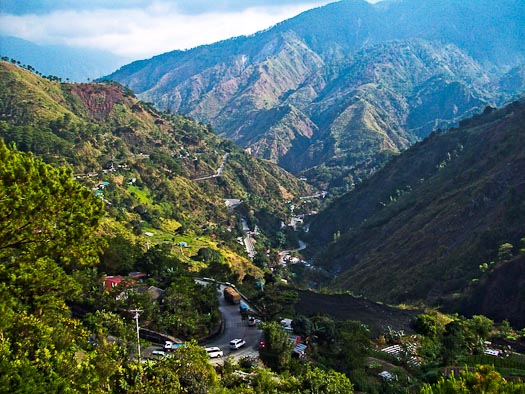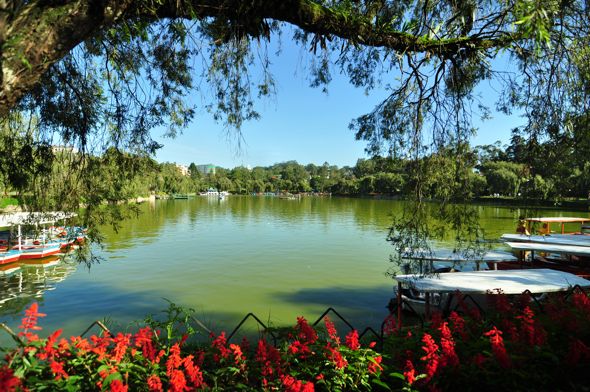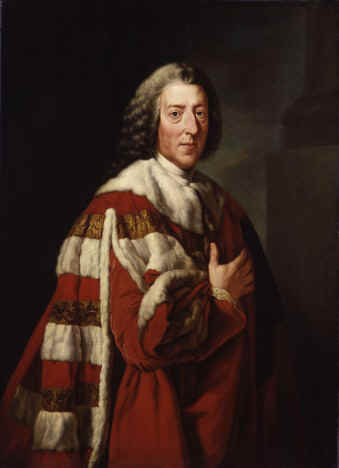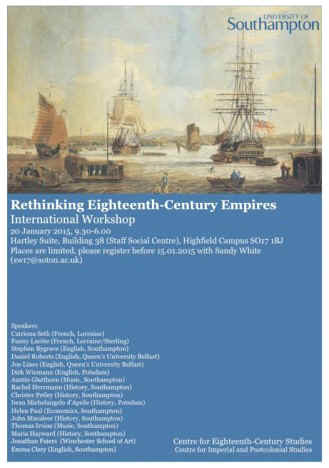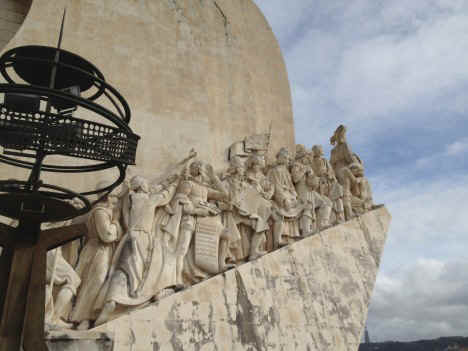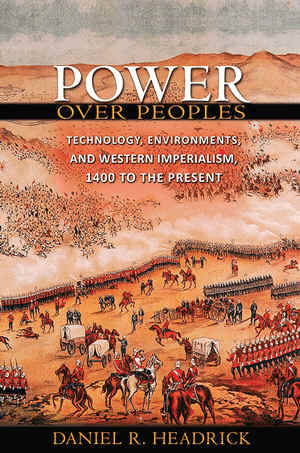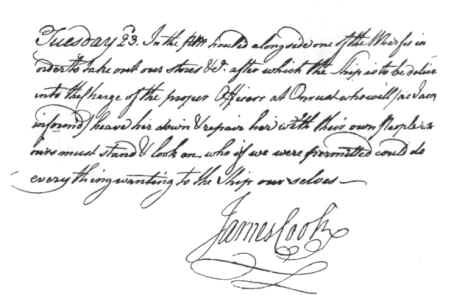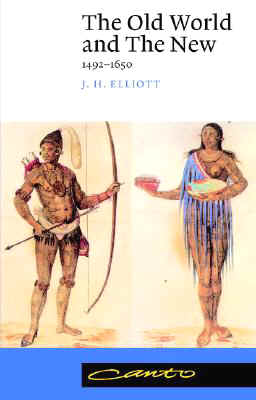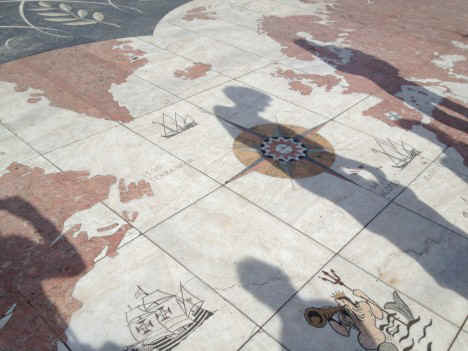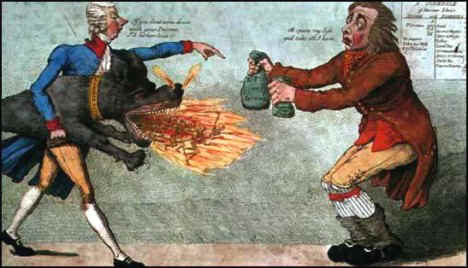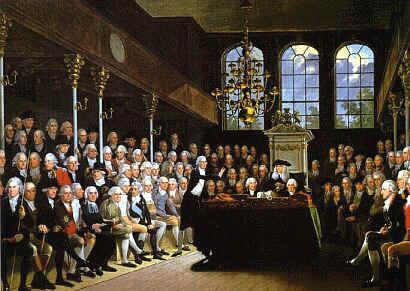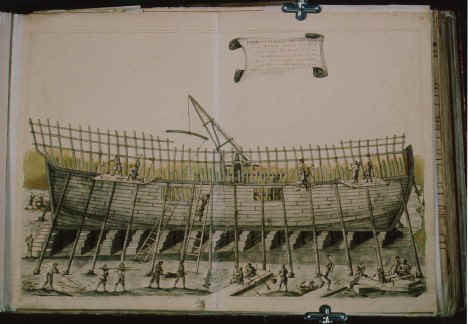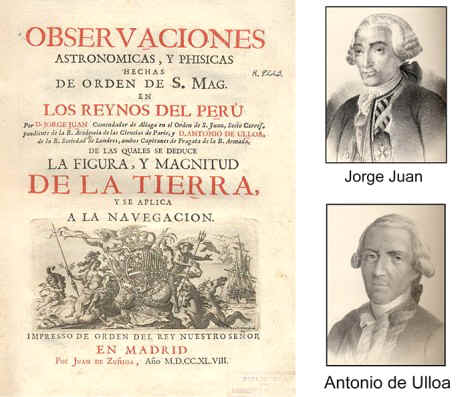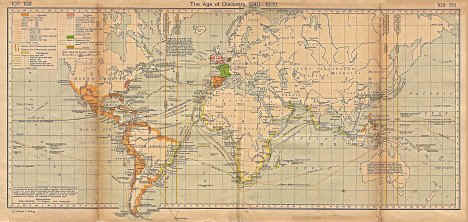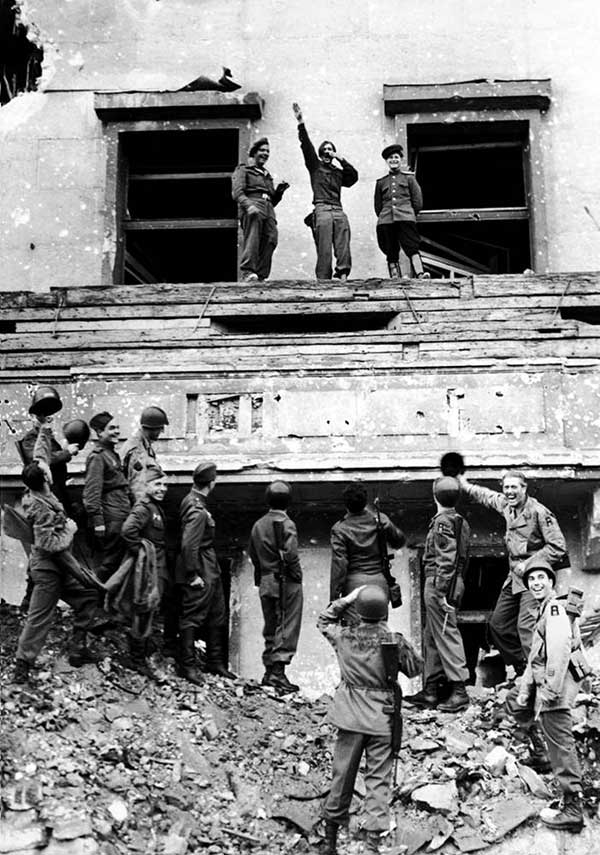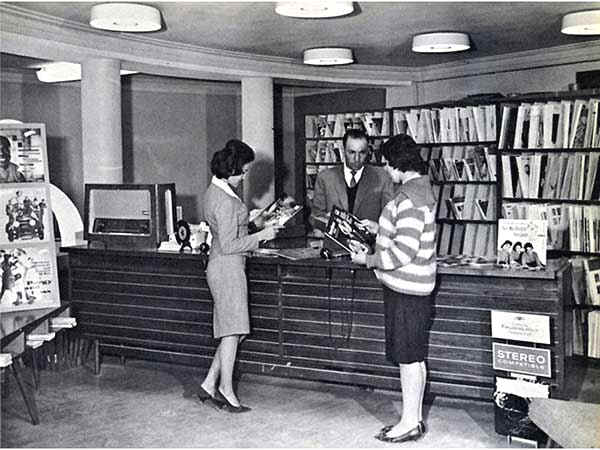|
·
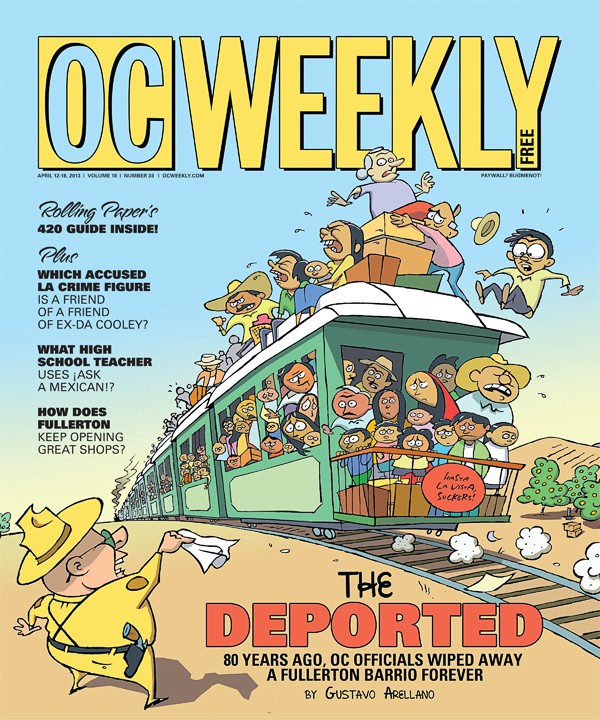
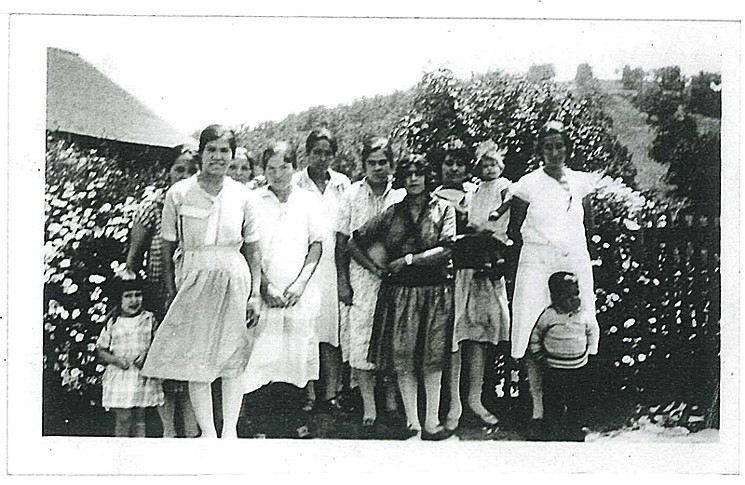
|
A
group of women who took the ranch's Americanization classes. Morales
is the cute toddler at the bottom left.
|
Decades
later, long after federal authorities deported the last of her students,
Arletta Kelly still remembered the cactus.
In
the 1920s and 1930s, Kelly had worked as an Americanization teacher in the
citrus camps of Orange County, tasked with schooling Mexican immigrants in
the art of good citizenship. During the day, she taught women how to sew
and cook American meals like casseroles and pies; at night, the Michigan
native recited basic English phrases before audiences of men so that they
could use them at work. She bounced across the colonias(worker
colonies) of North County, from La Habra to Placentia, Anaheim to
Fullerton. But Kelly eventually spent most of her time with the Mexicans
of the Bastanchury Ranch, 6,000 rolling acres of what now constitutes the
exclusive neighborhoods of northwest Fullerton—Sunny Hills, Valencia
Mesa and others—and parts of Brea and La Habra, an area that to this
day, with its winding roads, visible horse stables, dramatic valleys and
stretches of untouched California landscape, feels rustic, beautiful and
foreboding.
In
1968, Betty Schmidt with the Center for Oral and Public History (COPH) at
Cal State Fullerton interviewed Kelly about her days at the Ranch—and
that's when Kelly brought up the cactus. By then 70 years old, the maestra fondly
recalled the Bastanchury Mexicans, who had created a society of their own
far removed from the rest of Orange County. They were so grateful for
Kelly's tutorship that women frequently invited her to their ramshackle
homes for dinner and a bit of south-of-the-border hospitality. Kelly
singled out the cooking of one woman because, as she told her interviewer,
"One of the things that she served so frequently that I was fond of
was what she called 'nopalitos,' which are the little tiny shoots of the
cactus."
Schmidt
asked from where did the unnamed Mexican woman buy the nopalitos.
"There were big cactus" all around the Bastanchury territory,
Kelly said. "And then when the spring came they would come up; why,
when the shoots would come up, [the Mexican woman] would cut them off and
peel them and slice them down and cut them up in little bits."
The
rest of Kelly's interview, transcribed and available for reading at the
COPH archives, is filled with similarly pastoral anecdotes, stories about
riding a bicycle, about another Mexican woman who pronounced
"cheese" as "Jesus," and about her role in helping
orchard growers fight strikers during the 1936 Citrus War. But when
Schmidt asked about the fate of her students at the Ranch, Kelly's sharp
memory quickly became spotty.
"Well,
I think many of them went back to Mexico because work was scarcer and some
of them had accumulated a little bit of money and so I knew of quite a few
families that packed up and they drove back—in old jalopies—back to
Mexico—the ones I happen to know of," Kelly said. "Now, others
may have gone by some other method, I don't know."
In
fact, the Mexicans who lived on the Bastanchury Ranch in the early 1930s
were subject to one of the largest mass deportations in Orange County
history, with hundreds of them in late March of 1933—single men and
families, Mexican nationals and American citizens—thrown onto trains
bound for Mexico, carrying with them only the clothes on their backs and
whatever belongings they could lug along. Almost overnight, a vibrant
community vanished, the homes of former residents demolished, its memory
bulldozed into wealthy neighborhoods, the few surviving scraps locked in
university archives or in the recollections of those few families that
escaped exile.
Eighty
years ago this spring, officials deported hundreds of legal residents
whose only crime was being Mexican during the Great Depression—and
Orange County has tried to forget ever since.
The
Bastanchury family is familiar to generations of Southern California
residents and scholars alike, and not just because of their namesake road,
which unspools through the hills of Fullerton, Brea, Placentia and Yorba
Linda. The Basque clan were one of Orange County's first national
celebrities, a dynasty whose patriarch, Domingo, arrived at what's now
Fullerton in the 1860s and eventually acquired about 10,000 acres of
desolate terrain: for decades, his house was just one of two between
Anaheim and Los Angeles. Originally using his holdings as grazing lands
for sheep, Domingo's four sons eventually turned the Ranch into an
agriculture and livestock powerhouse: 1,500 acres devoted to black-eyed
peas, 500 acres for lima beans; hundreds of acres of walnut orchards and
fields that, by 1928, sold more than 50 percent of California's tomatoes;
10 acres of Berkshire hog pens; and canneries and two packing houses that
boxed the Ranch's riches for sale to the rest of America. Oil money came
in the form of a legal settlement, and some of the water drawn from
artesian wells for irrigation was sold publicly as Bastanchury Water, a
brand that existed for decades. The estate was so sprawling that the
Atchison, Topeka and Santa Fe and Union Pacific railroads built spurs near
the packing houses, the easier to pick up the bounty, while the Pacific
Electric Railway kept two stations within Ranch limits. Managers had to
cut up the Ranch into sections with their own supervisors, just to handle
everything properly.
But
the crown jewel of the Bastanchurys was their 3,000-acre citrus grove,
rows of Valencia orange and lemon trees that went up and down the Ranch,
held in place by terrace farming. On the family's stationery and on the
labels for their orange crates, marketed under the Model, Basque, Daily,
Popular and Golden Ram brands, read the slogan "The World's Largest
Orange and Lemon Orchard," a claim no one bothered to dispute.
Domingo's
sons were fiercely proud of their accomplishments and never shied away
from boasting about what they had willed up from what many considered
remote badlands. "Some of my ideas were discountenanced by scientific
men, by farm bureau men," Gaston Bastanchury told the California Citrograph,
the bible of the Golden State's citrus industry, in 1923. He was the
public face of the family, a man who frequently made the society pages for
his many trips abroad, a tycoon so rich that he once offered heavyweight
champion Jack Dempsey an $800,000 purse if the Manassa Mauler would fight
on the Ranch, in a custom-built arena Gaston promised would seat 135,000
people. "I felt that I knew what we could do and kept on. But the
fact remains that these old brown hills—and you can still see hundreds
of acres in that same state around us—have produced trees and those
trees are beginning to return something on the investment of labor and
money which have been put into them."
Life
was fabulous on the Ranch—it became the center of Basque life in
Southern California, featuring weekend-long parties filled with
traditional lunches and dinners. There was even a handball court so that
nostalgic men could play the jai alai of their youth. But to create their
dreamland, the Bastanchurys needed cheap labor—first, Native Americans,
then fellow Basques and a smattering of Japanese. By the 1920s, though,
cheap labor in Southern California agriculture meant Mexican workers, and
the Bastanchurys began recruiting across the Southwest and abroad, uniting
with fellow Orange County orchard owners to lobby Congress for relaxed
immigration laws, arguing only Mexicans could properly work with oranges.
"Our
experience shows us that the white man does not like the tedious routine
work of picking and will promptly leave this for any other job available,
even at smaller wages," wrote J. A. Prizer, manager of the Placentia
Orange Growers Association, in a prepared statement given to Congress in
1928. At that same hearing, Prizer revealed that county growers used the
Bastanchurys' worker rolls to determine how many Mexicans they needed to
run a successful operation. "The Mexican, by nature, seems to be
peculiarly adapted to this class of work. He is patient, and apparently
enjoys the work itself."
And
so the Bastanchurys brought in hundreds of Mexicans. A contemporary of the
dynasty derided the Ranch as "their own private kingdom in the
Fullerton hills," isolated from the rest of civilization, and it
wasn't far from the truth: while grower-sponsored worker camps sprang up
across Orange County's citrus belt, the Bastanchurys' orange pickers lived
like serfs.
"[The
Bastanchurys] had the Old World feudalistic attitude toward their farm
hand," wrote Druzilla Mackey, an Americanization teacher in Orange
County alongside Arleta Kelly, in a 1949 history of education in
Fullerton. She had no problem with the workers, describing them as
"always the poorest of our Mexicans, the most friendly and also the
most idealistic." But she openly despised the Bastanchurys, writing
"they felt generous in allowing these squatters to establish homes on
their ranch and could not comprehend its danger to the health and morality
of the community as a whole."
Mackey
described abodes constructed from sheet iron, discarded fence posts, sign
boards, even rusted bed springs—whatever detritus Mexicans could find in
the Ranch's trash dump; Kelly remembered one built of "cartons and
wood and pieces of tin." Some houses were half-wood, half-canvas. Few
had running water; nearly all had outside, shared toilets. Rains turned
everything into a swamp; despite the abundance of artesian water, families
had to draw their own from irrigation ditches and carry it via buckets to
their homes. Once a week, a grocery wagon arrived with fresh produce and
meat—a necessity, since almost no one had refrigeration because there
was little electricity. Some homes had dirt floors, some were just tents.
Elsie Carlson, who taught the Ranch's Mexican children, put it thusly:
"I felt like a missionary."
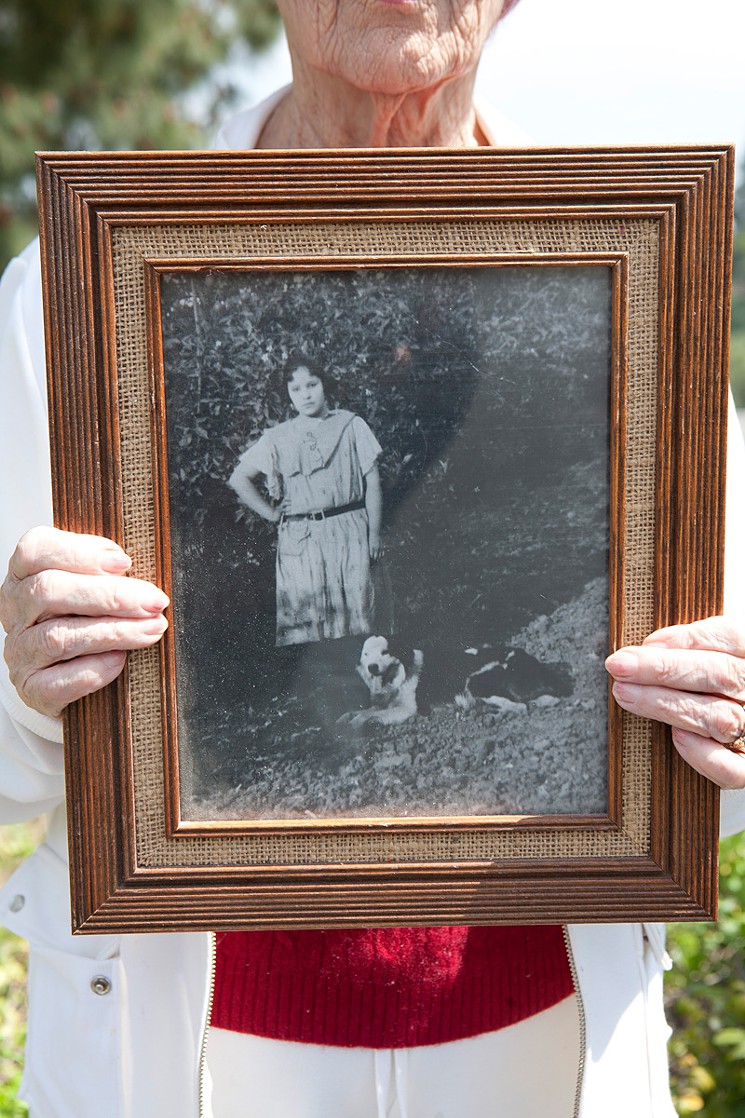
The
conditions endured by the Bastanchury Mexicans became something of a
county scandal; a newspaper exposé, lost to history but cited by Kelly in
her COPH oral history, mentioned the "exceedingly primitive and
poverty stricken" condition of the camp, which upset the Bastanchurys
and their management. But after organizing by the Americanization teachers
and the Rev. Graham C. Hunter of the First Presbyterian Church of
Fullerton, the Ranch finally relented and built homes for workers with
potable water in 1927, along with a wooden classroom for first-, second-,
and third-graders—tellingly, the Basque and white children on the Ranch
were bussed to the "white" schools in the Fullerton flatlands,
while the Mexican children on the Ranch had to trudge at least a half mile
to school on dirt roads through orchards.
A
community grew. The 1920 census showed only a few Mexicans living on the
Ranch; by the 1930 census, the official count was 411. It had grown so
much that the U.S. Census Bureau gave the Bastanchurys their own
designated tract, split into six colonias: Tia Juana,
Mexicali, Escondido, Coyote, Santa Fe and San Quintín, which some
ominously called El Hoyo—The Hole. Tia Juana was the largest, then
Mexicali, and they were around what's now Laguna Lake Park in Fullerton;
the rest gravitated near what's now St. Jude Hospital. Stand-alone shacks
remained dotted throughout the Ranch.
"I
think they were very happy people, really, they lived a very simple life,
but it was probably somewhat better than the life they lived in
Mexico," Kelly said, and the Mexicans made do with what they had.
Though the houses were downtrodden, they were well kept, with gardens of
flowers and vegetables prettying the environment. Mothers sent their
children off to school scrubbed clean and dressed in their Sunday best.
During the major Mexican holidays—Mexican Independence Day, Cinco de
Mayo and Dia de los Muertos—the colonias held their own private celebrations or
traveled together to Placentia and Los Angeles to partake in bigger ones.
A monthly dance was held at the schoolhouse, and the Americanization
teachers frequently presented their Mexican pupils to the Fullerton
population at large as proof of their good work, affairs that earned
approving write-ups in the Fullerton News Tribune and theSanta Ana Register. No one was an illegal immigrant; all
the Bastanchury Mexicans were either American citizens or sponsored by
their hosts, with most originating from Tepic, Jalisco.
This
bucolic life couldn't last. In October 1931, at the height of the Great
Depression, the Bastanchurys shocked Orange County by announcing they had
debts of $2 million and were placing their beloved Ranch into a
receivership. The celebrated citrus grove wasn't producing; it turned out
that the soil on the Ranch wasn't conducive to large-scale, long-term
growing, just as the old-timers had tried to tell the Bastanchurys.
But
something more nefarious had infested the Ranch as well. In just three
years, Orange County politicians had gone from begging Congress for more
Mexican labor to demanding that those workers give up their jobs, homes
and lives to whites and return to Mexico. By 1931, federal agents were
raiding barrios and colonias across Southern California, rounding up
legal residents and American citizens of Mexican descent alike, and
deporting them to Mexico; upon arriving, the Mexicans were forced to give
up their legal papers allowing entry back into the States. Taking a kinder
approach, church, civic and business groups asked Mexicans to leave,
vowing to pay their train fare. Even the Mexican Consulate, not wishing to
anger their American neighbors, organized return trips back, with promises
of jobs that somehow never materialized.
Without
the family's patronage, the Bastanchury Mexicans were threatened. In the
fall of 1932, the Mexican Consulate helped to organize a meeting in
Fullerton to figure out how immigrants could stave off repatriation. The
government's deportation campaigns had begun in Orange County, organized
by the local Department of Welfare. The consulate's Orange County
representative, Santa Ana resident Lucas Lucio, accompanied deported
Mexicans from the Santa Ana train station to Union Station in Los Angeles,
where he would then join them on a Southern Pacific train to El Paso to
ensure they weren't further abused. Even 45 years later, in an interview
with a professor, the experience made Lucio shudder.
"At
the station in Santa Ana, hundreds of Mexicans came and there was quite a
lot of crying," he said. "The men were pensive and the majority
of the children and mothers were crying." Lucio told the story of how
on one trip, when the train didn't stop in El Paso but rather proceeded
into Juarez, there was "a terrible cry... many did not want to cross
the border ... a disaster, because the majority of the families were
separated. There was no way for anyone to try to leave the train or run or
complete their desire to return to the United States."
In
February of 1933, the Bastanchurys' empire was auctioned from the steps of
the Orange County Courthouse and put under new management; within five
days, a hundred unemployed white men swarmed the Ranch, confident white
ownership would give them a job. The era of the Bastanchury Mexicans was
about to end.
Sometime
that spring, new management and a consortium of white business, political
and civic leaders went to the Ranch's schoolhouse and told the Mexicans
they had to leave. "The Americanization centers in which these people
had been taught how to buy homes and make themselves a part of the
American community," Mackey wrote 18 years later, "were now used
for calling together assemblages in which county welfare workers explained
to bewildered audiences that their small jobs would now be taken over by
the white men, that they were no longer needed nor wanted in these United
States." As a last-ditch effort, she paraded her Americanization
students in front of a men's civic group as she always had, desperately
trying to show that the Bastanchury Mexicans were worthy of staying. But
it didn't work.
"And
so," she concluded, "one morning we saw nine train-loads of our
dear friends roll away back to the windowless, dirt-floored homes we had
taught them to despise."
|
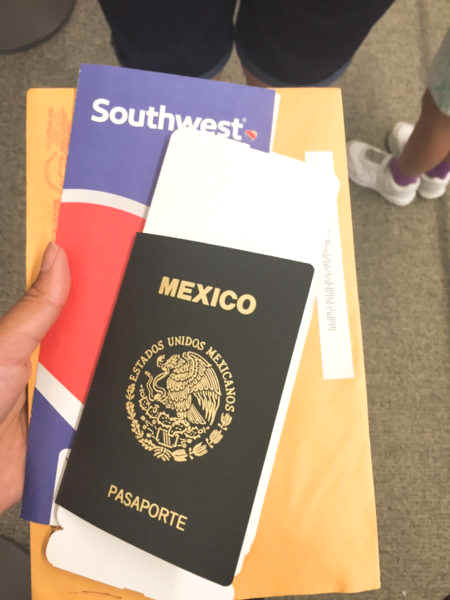 Despite
an ominous message that warns us away, I applied and was granted
permission to finally travel to my other home in Mexico.
Despite
an ominous message that warns us away, I applied and was granted
permission to finally travel to my other home in Mexico.


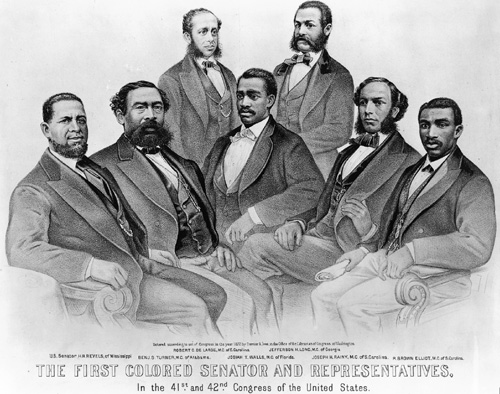
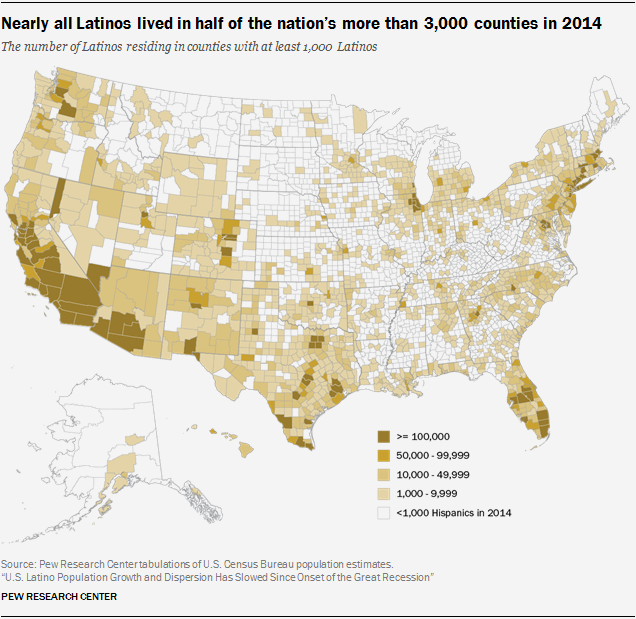

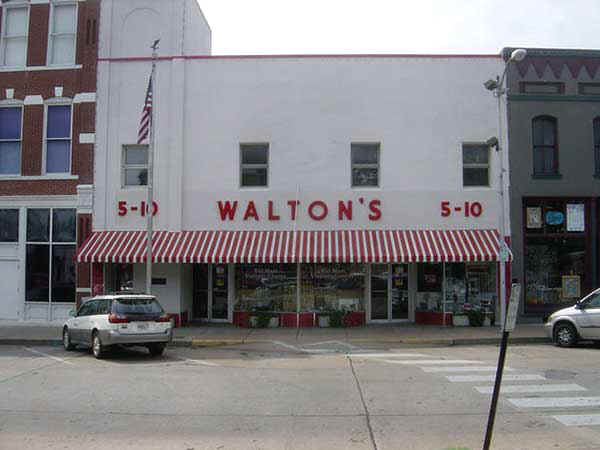
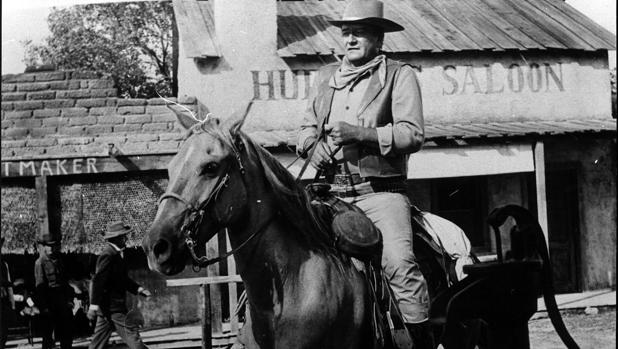
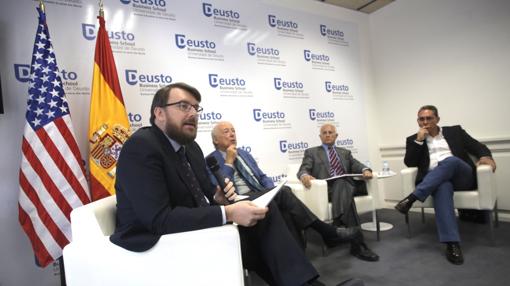
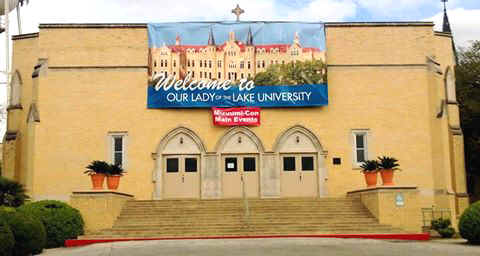

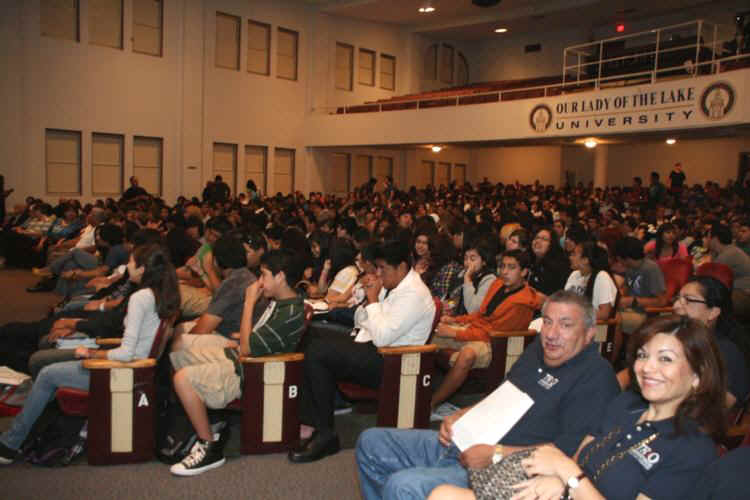


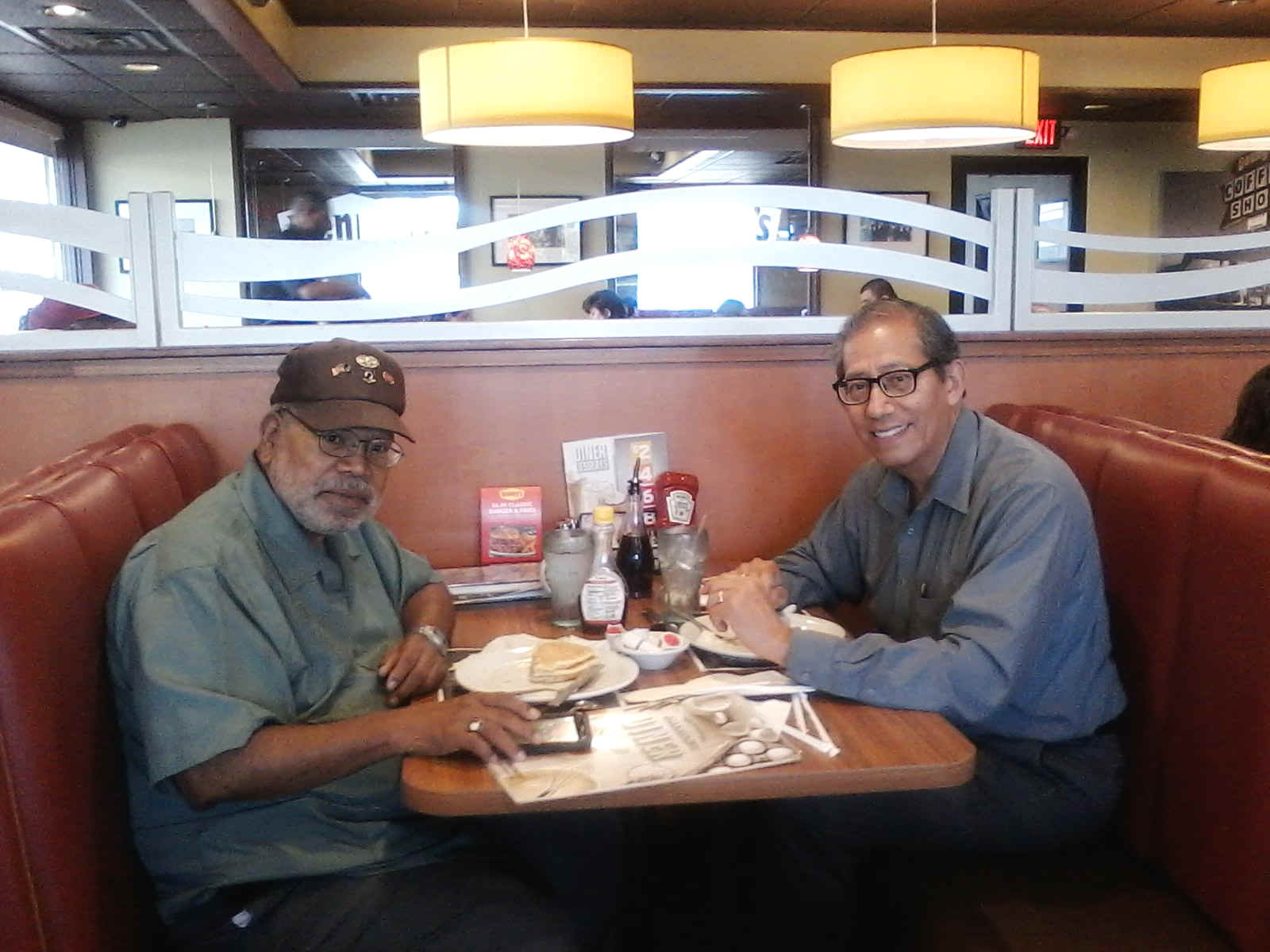



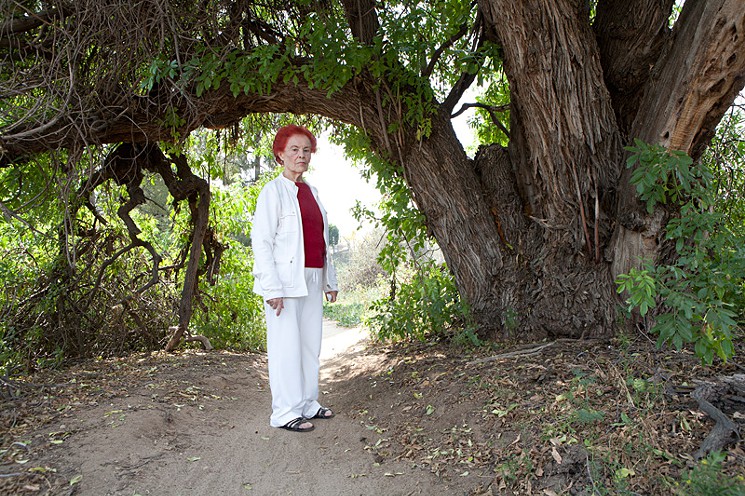
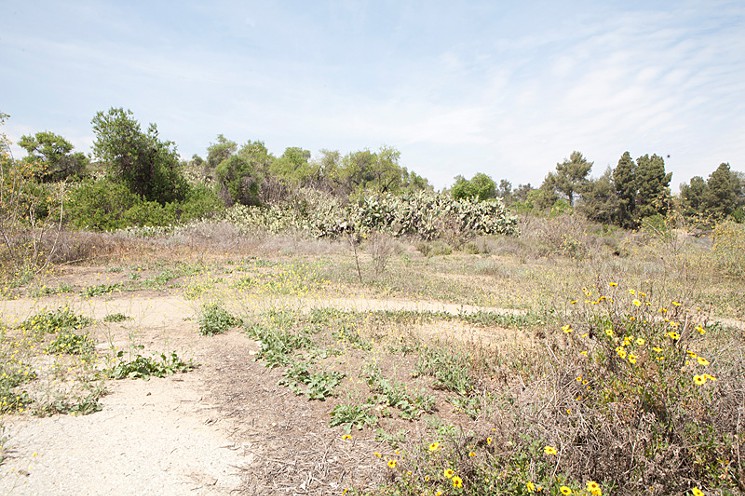

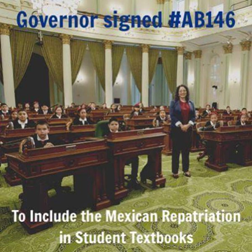 California
Governor Jerry Brown signed a bill in 2015 that instructs schools
and
California
Governor Jerry Brown signed a bill in 2015 that instructs schools
and 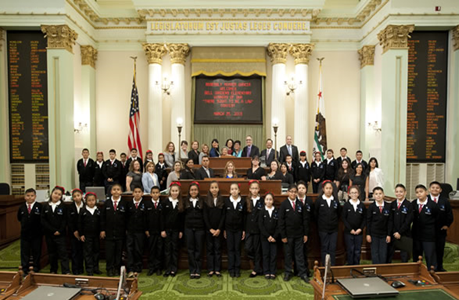
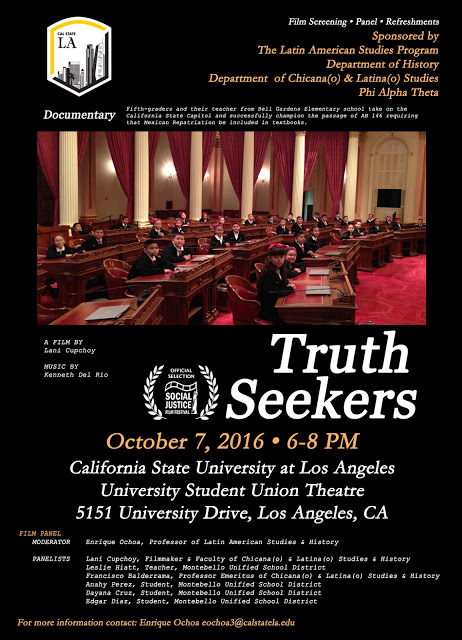
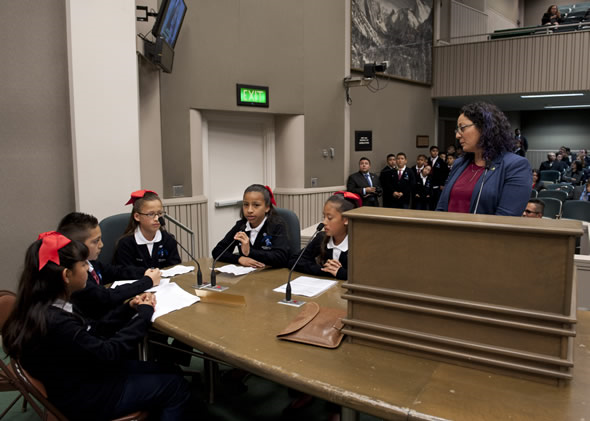
 2.
2.
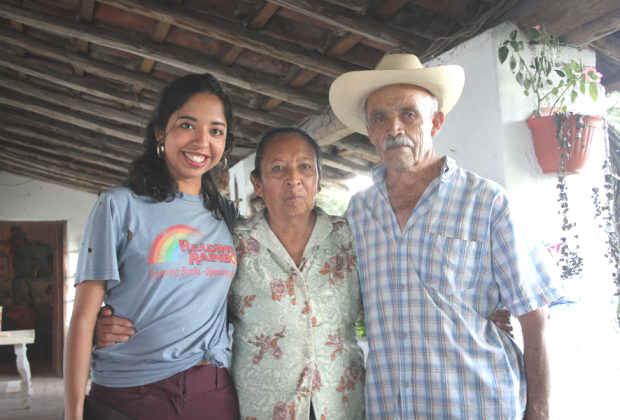

























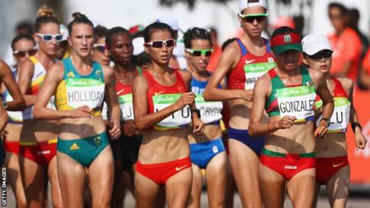
















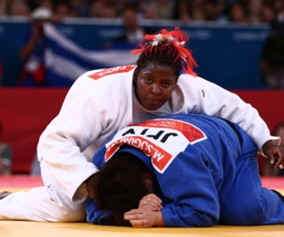

































































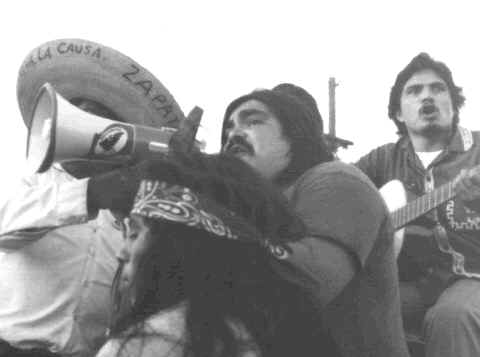
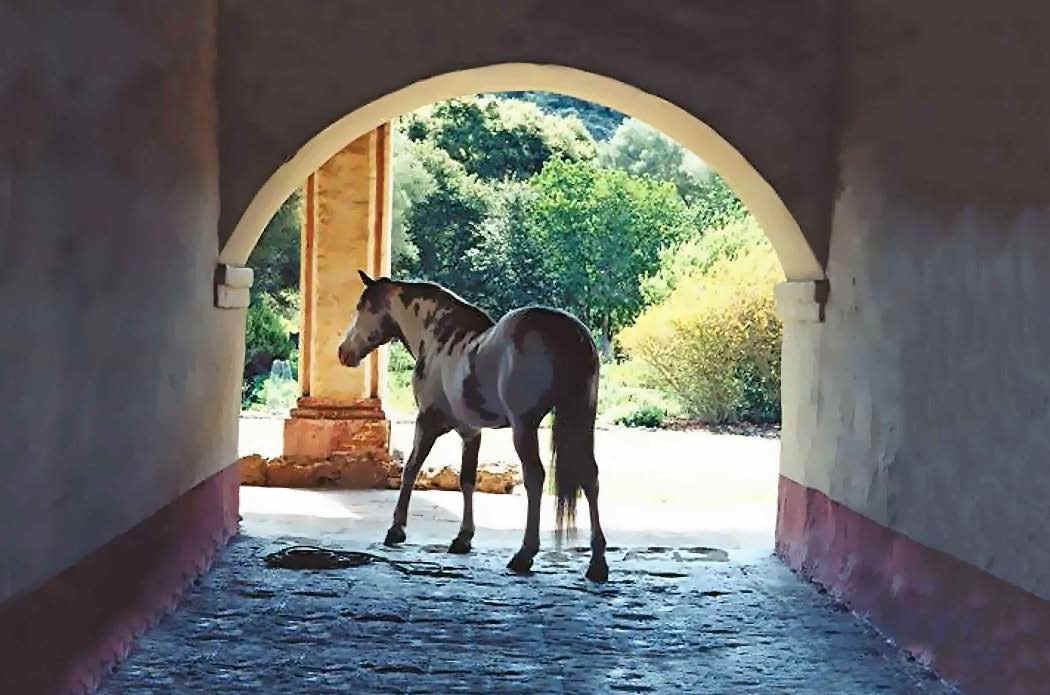


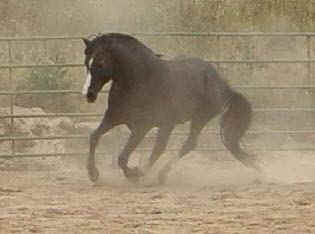
 I
am writing this letter in an urgent request for aid in the
conservation of this unique genetic resource, this "equine time
capsule" on the brink of extinction. Our horses were DNA tested
in July by Dr. Gus Cothran and the results were AMAZING, (results
letter enclosed). For over twenty-six years, the Heritage Discover
Center and Rancho Del Sueno have conserved and cared for these special
horses. But
I
am writing this letter in an urgent request for aid in the
conservation of this unique genetic resource, this "equine time
capsule" on the brink of extinction. Our horses were DNA tested
in July by Dr. Gus Cothran and the results were AMAZING, (results
letter enclosed). For over twenty-six years, the Heritage Discover
Center and Rancho Del Sueno have conserved and cared for these special
horses. But 


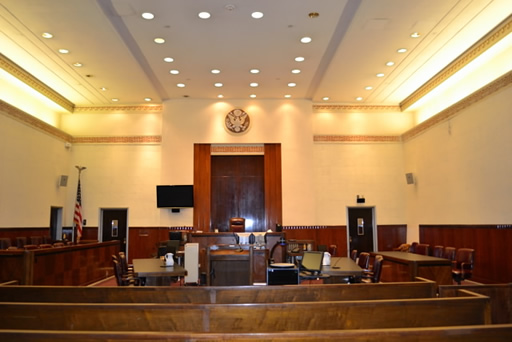

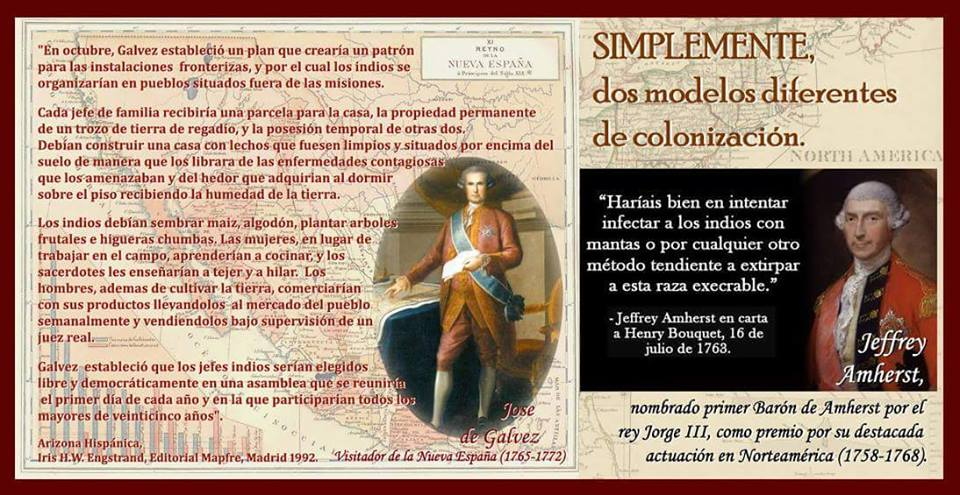

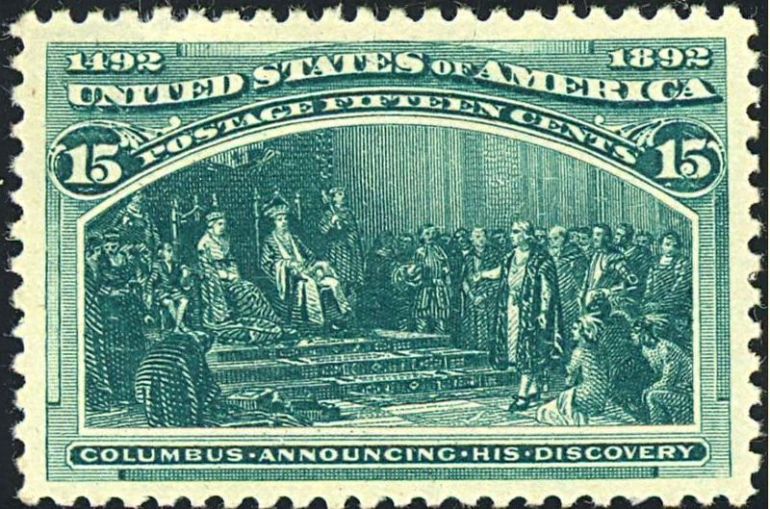
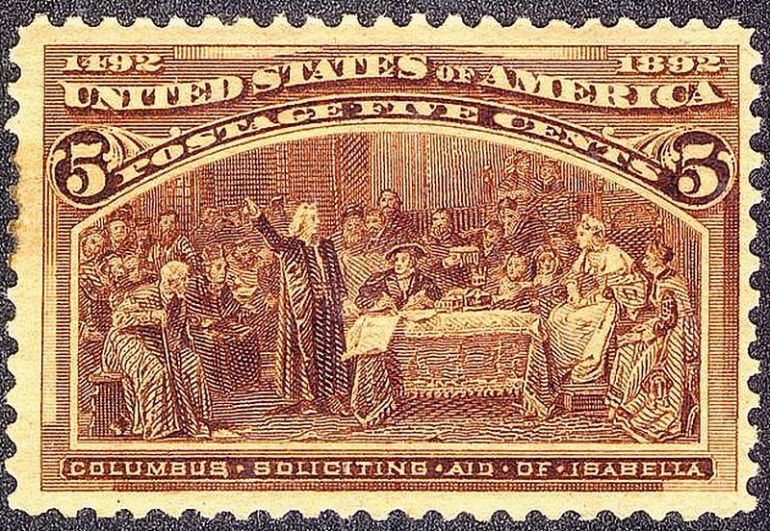
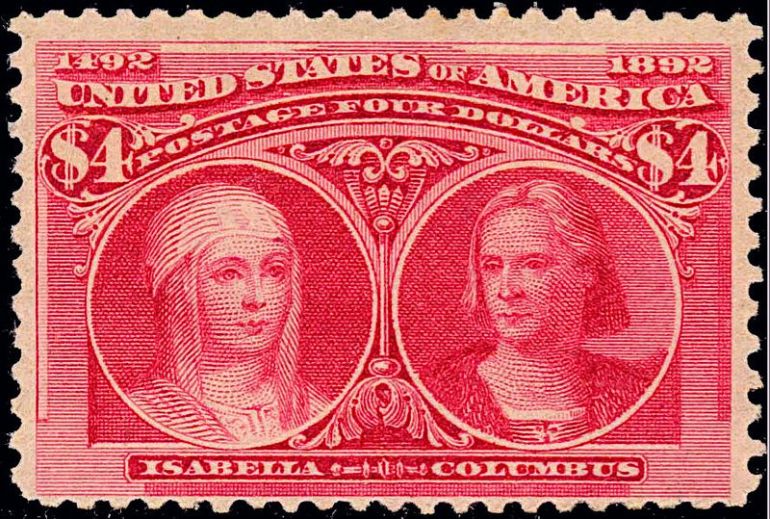
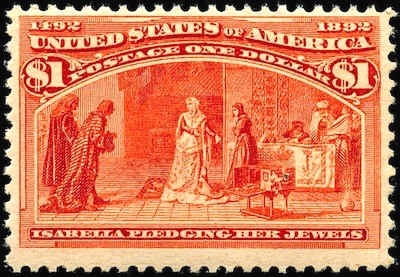
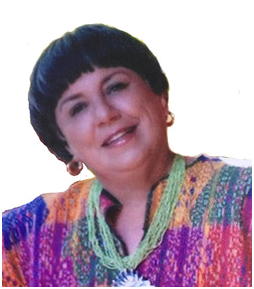
 I hope you don’t mind that I jumped into your
remembrance stream to let you know that Sanjuanita was
very special person and much a part of my life, in my
formative years. It seems almost like an embryonic state
long ago, and yet I remember it like yesterday. I loved
her then, and I wish we had been given more time to know
each other as older women, but it was not to be. I
rejoice in the early days and the few hours we had in
June. I am sorry for losing a mature friendship that
could have been.
I hope you don’t mind that I jumped into your
remembrance stream to let you know that Sanjuanita was
very special person and much a part of my life, in my
formative years. It seems almost like an embryonic state
long ago, and yet I remember it like yesterday. I loved
her then, and I wish we had been given more time to know
each other as older women, but it was not to be. I
rejoice in the early days and the few hours we had in
June. I am sorry for losing a mature friendship that
could have been.
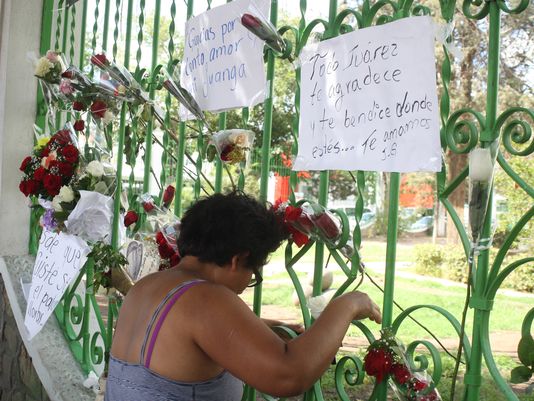
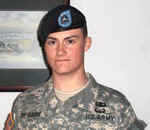 On
January 9, 2008, 20 year old Sgt. Zachary McBride lost his
life after he entered a home, booby trapped with explosives
in Sinsil, Iraq with 5 of his comrades. Sgt. McBride who had
chosen to defray college life and the promise of
scholarships, and instead volunteer for the ARMY. Like so
many young volunteers, Zachary was in school when he watched
the events of 9/11 and decided, on that day, that he would
join the Army. His death changed many worlds that day,
one of which was the founder of Resurrecting Lives, Dr.
Chrisanne Gordon. On that day, she dedicated herself
to making a change for our returning veterans. To Read more
about Sgt. McBride, please
On
January 9, 2008, 20 year old Sgt. Zachary McBride lost his
life after he entered a home, booby trapped with explosives
in Sinsil, Iraq with 5 of his comrades. Sgt. McBride who had
chosen to defray college life and the promise of
scholarships, and instead volunteer for the ARMY. Like so
many young volunteers, Zachary was in school when he watched
the events of 9/11 and decided, on that day, that he would
join the Army. His death changed many worlds that day,
one of which was the founder of Resurrecting Lives, Dr.
Chrisanne Gordon. On that day, she dedicated herself
to making a change for our returning veterans. To Read more
about Sgt. McBride, please  On
July 19, 2010, 27 year old Staff Sgt. Brian F. Piercy, 82nd
Airborne Division, died in Arghandab River Valley,
Afghanistan, of injuries sustained when insurgents attacked
his unit using an improvised explosive device. “He
believed in the values of the Army and in the mission of
what he was doing in Afghanistan.”— David Piercy,
brother as stated in the newspaper Fresno Bee. Staff Sgt.
Piercy, always a leader and a patriot, is one of eight young
heroes who have perished in the wars in Iraq and Afghanistan
from his high school in Clovis, California. His
brother, Kevin, also served with him at Fort Bragg. Brian is
the inspiration for the Fort Bragg employment program that
will allow military members to obtain a job and an education
prior to military separation. To read more about
Staff Sgt. Piercy please
On
July 19, 2010, 27 year old Staff Sgt. Brian F. Piercy, 82nd
Airborne Division, died in Arghandab River Valley,
Afghanistan, of injuries sustained when insurgents attacked
his unit using an improvised explosive device. “He
believed in the values of the Army and in the mission of
what he was doing in Afghanistan.”— David Piercy,
brother as stated in the newspaper Fresno Bee. Staff Sgt.
Piercy, always a leader and a patriot, is one of eight young
heroes who have perished in the wars in Iraq and Afghanistan
from his high school in Clovis, California. His
brother, Kevin, also served with him at Fort Bragg. Brian is
the inspiration for the Fort Bragg employment program that
will allow military members to obtain a job and an education
prior to military separation. To read more about
Staff Sgt. Piercy please 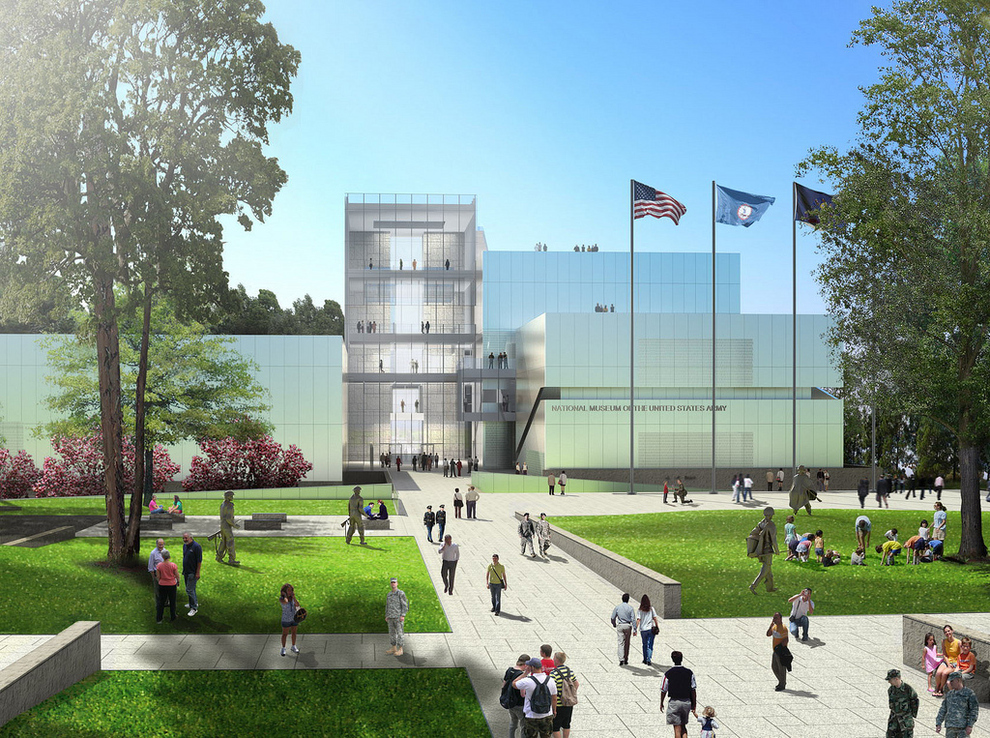
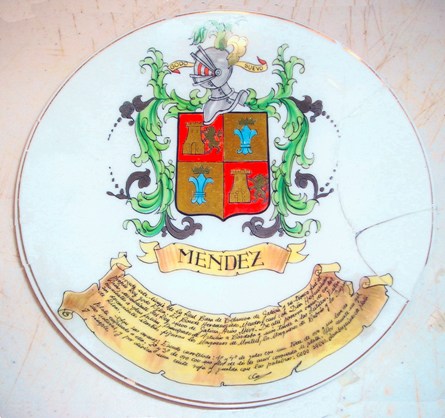
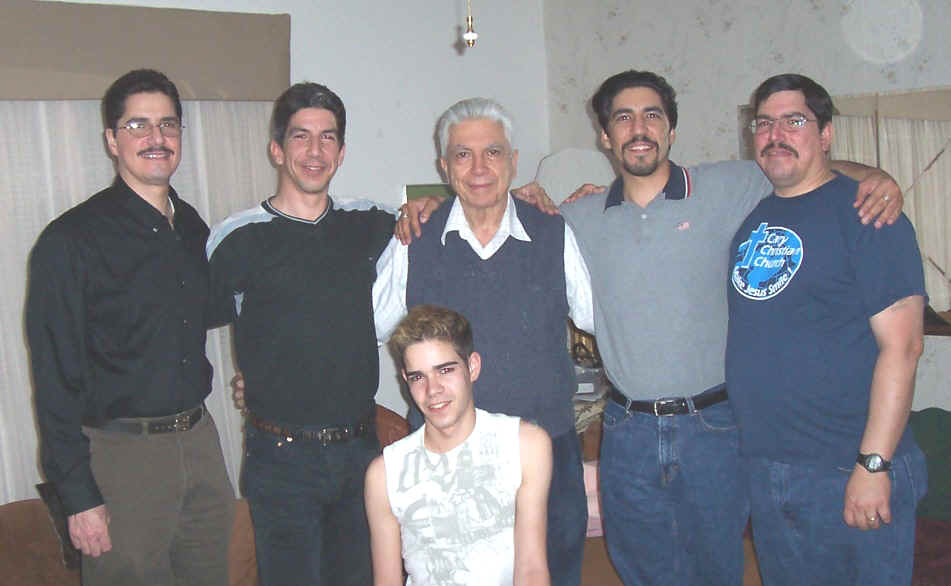


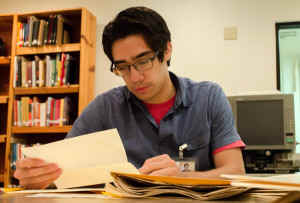
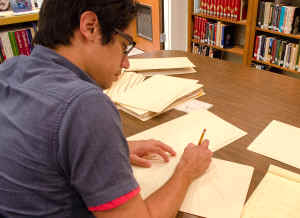








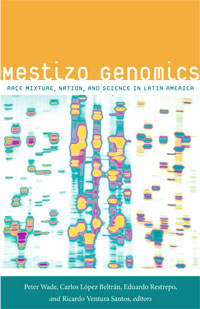

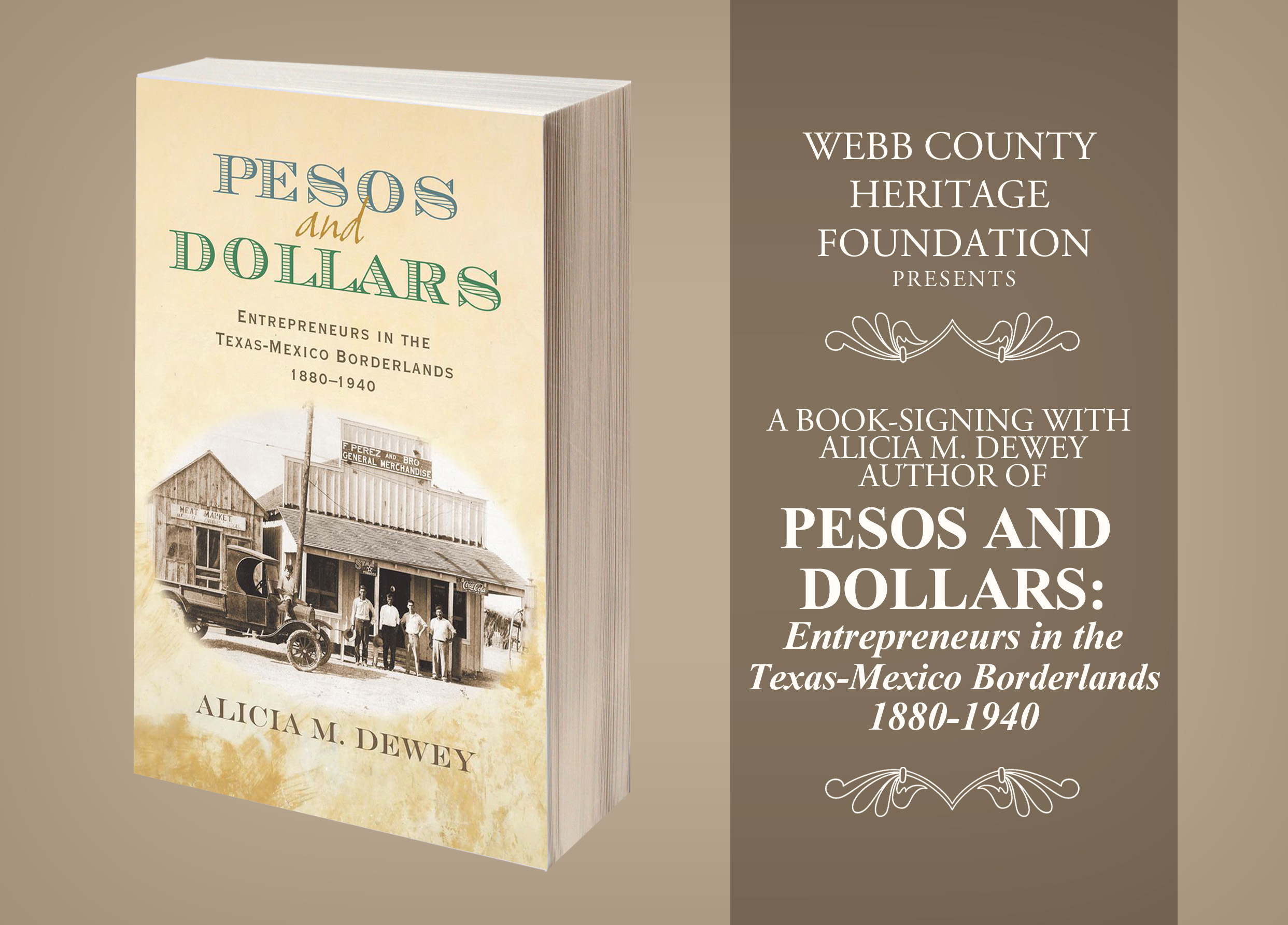

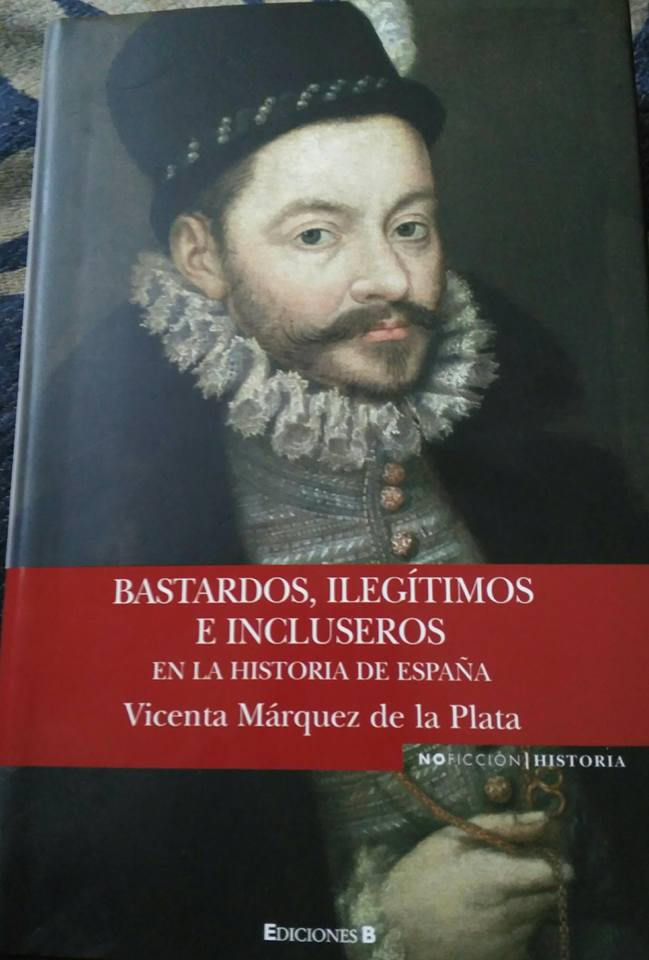
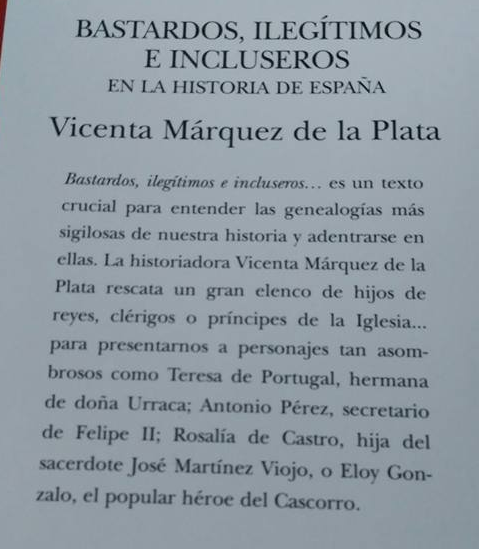

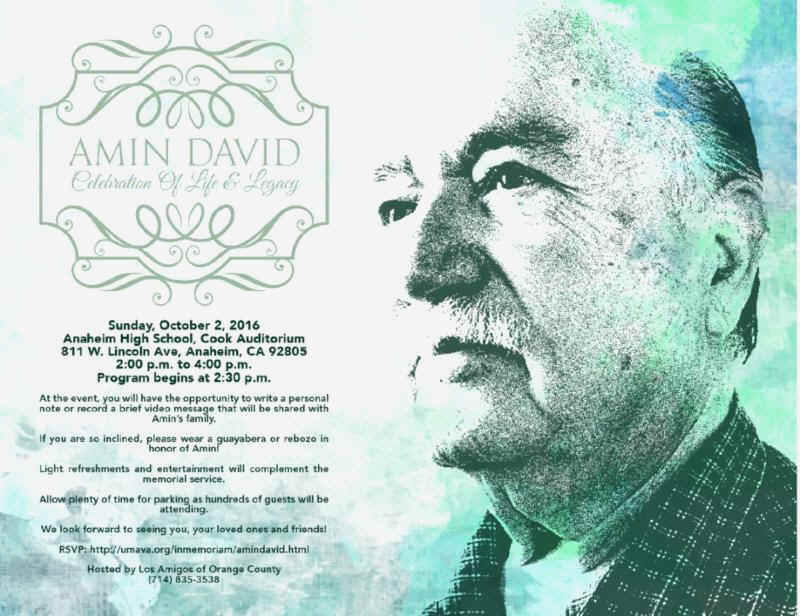

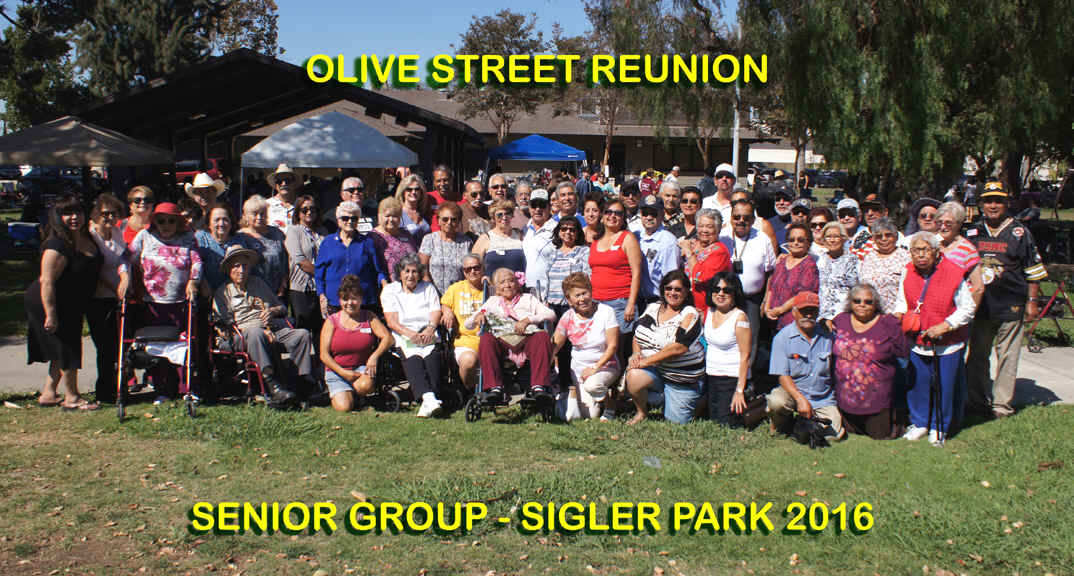
 The
reunion was founded to celebrate, honor and pay tribute
to those who made this city their home in the search for
a better life for themselves and their children. Every
one enjoyed the day sharing stories, memories, photos
and precious mementos of the past. Great grandparents,
grandparents, parents, aunts, uncles, cousins and
friends names were in the air along with the stories
that brought us all together to fuse a community that is
dearly treasured and celebrated as the Olive Street
Barrio.
The
reunion was founded to celebrate, honor and pay tribute
to those who made this city their home in the search for
a better life for themselves and their children. Every
one enjoyed the day sharing stories, memories, photos
and precious mementos of the past. Great grandparents,
grandparents, parents, aunts, uncles, cousins and
friends names were in the air along with the stories
that brought us all together to fuse a community that is
dearly treasured and celebrated as the Olive Street
Barrio.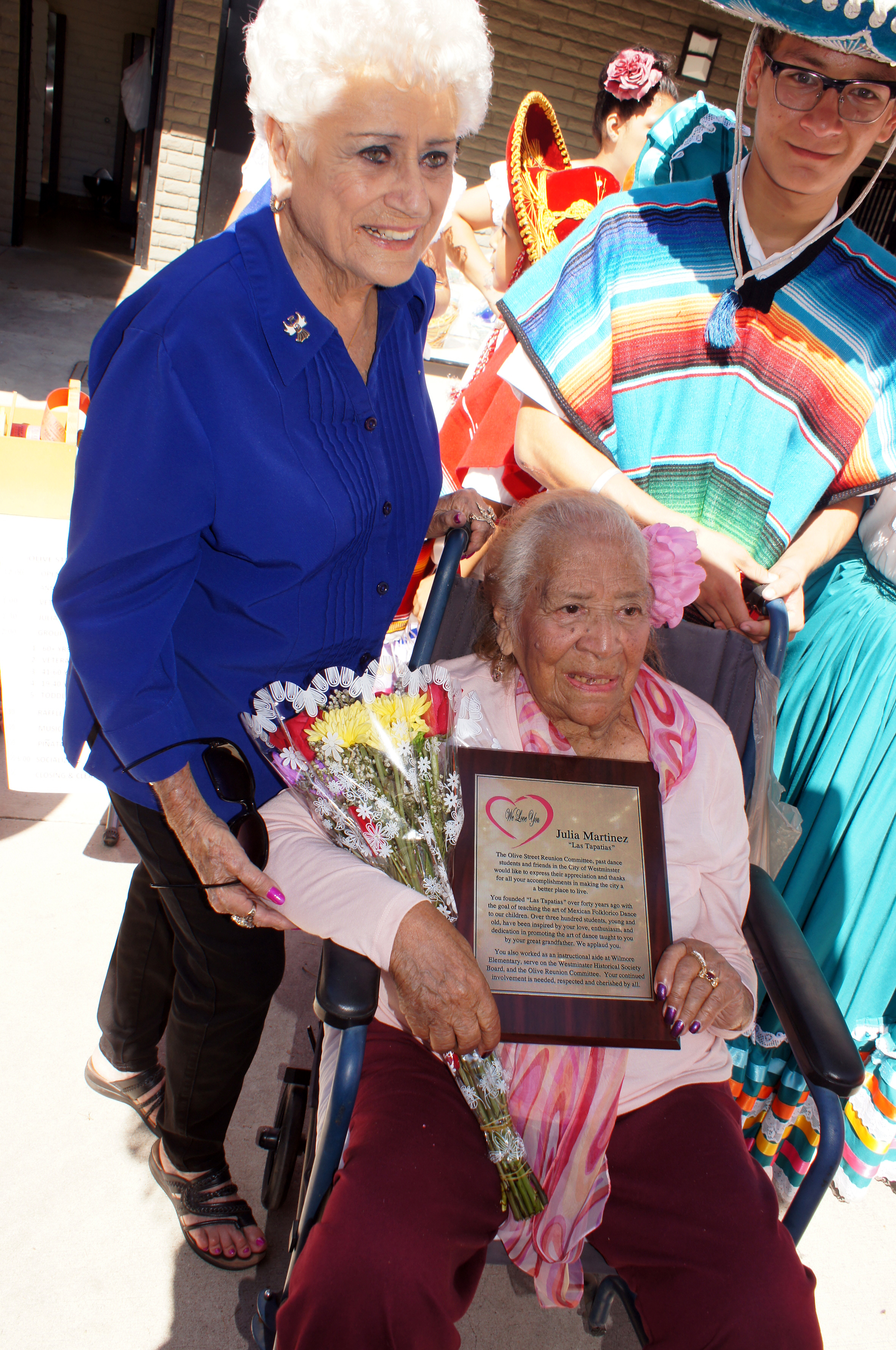
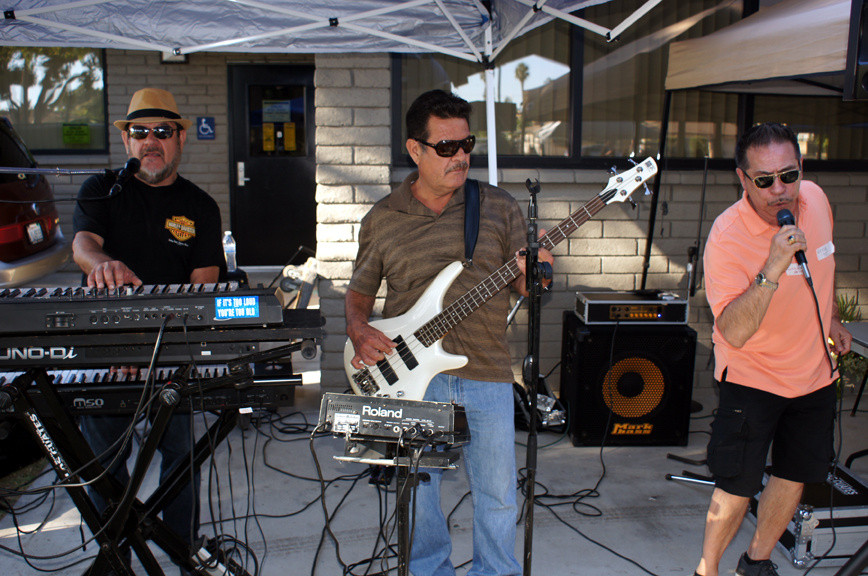
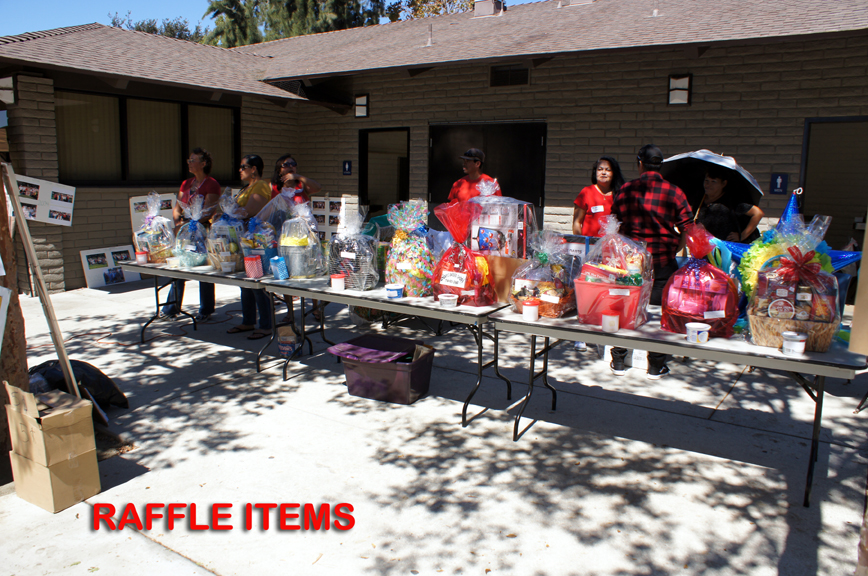
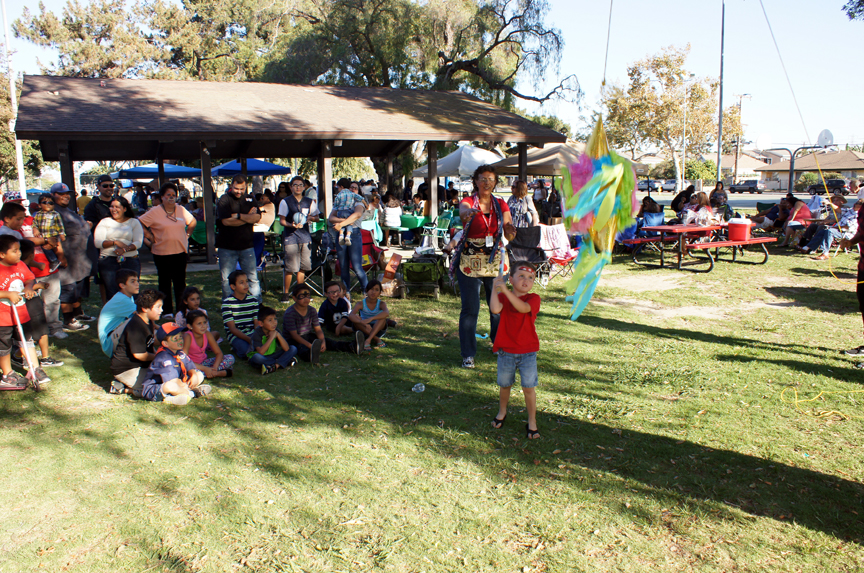
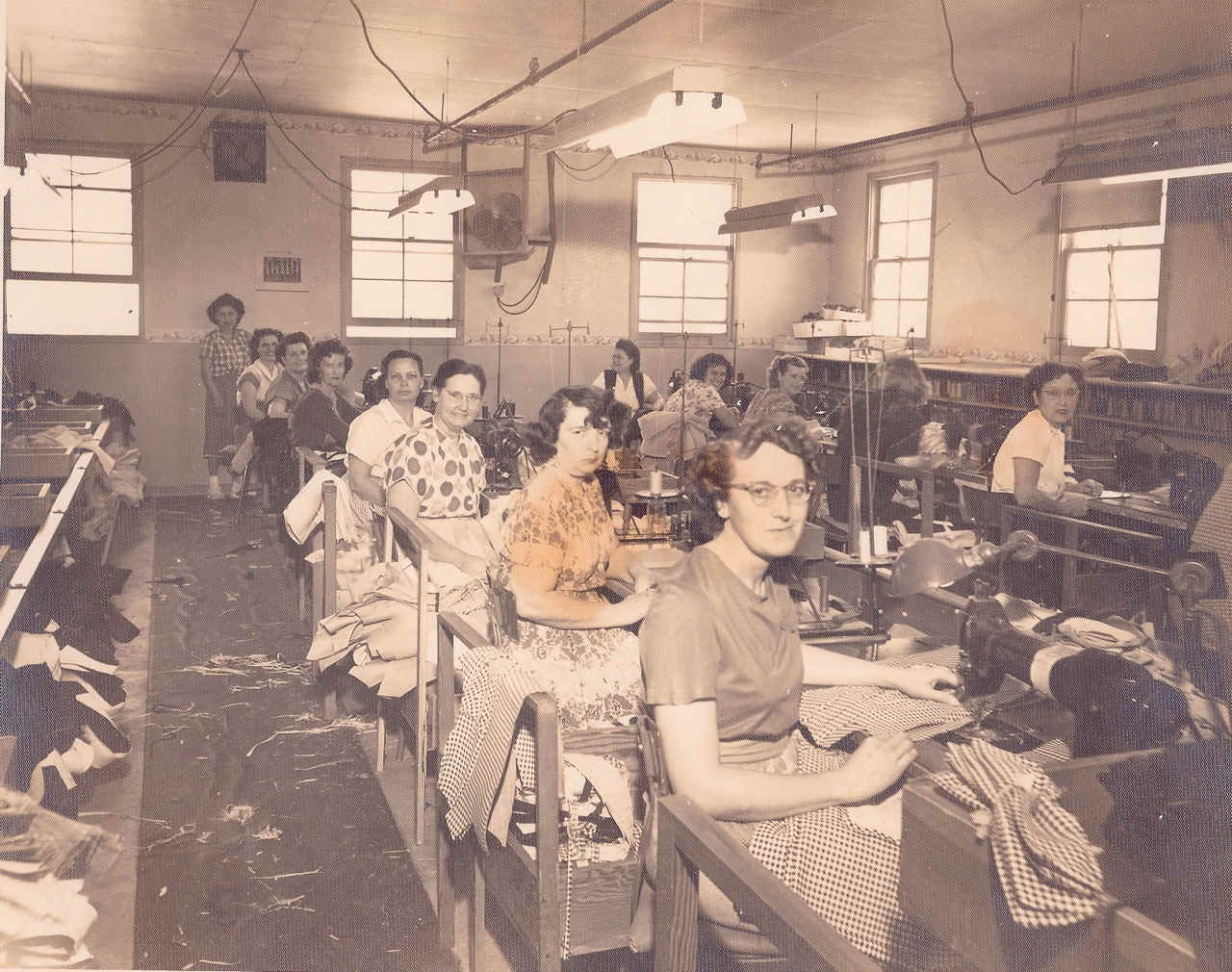



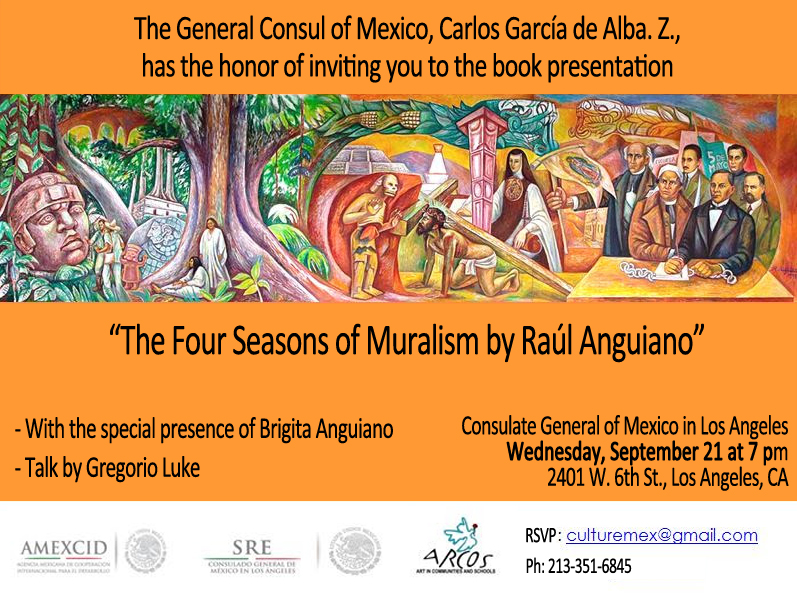

 Museum
of the San Ramon Valley
Museum
of the San Ramon Valley 
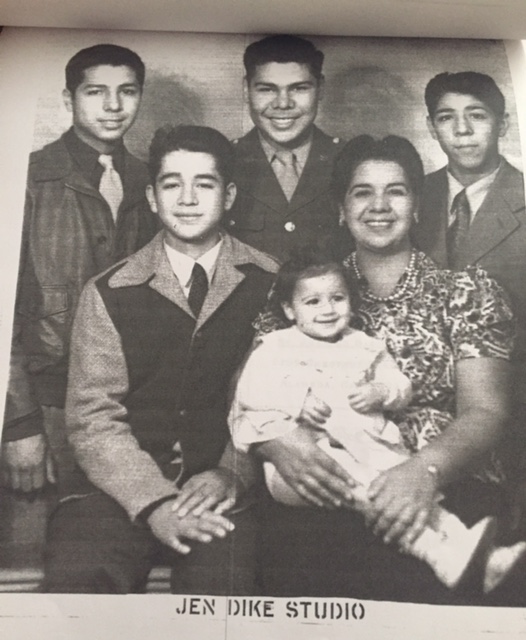
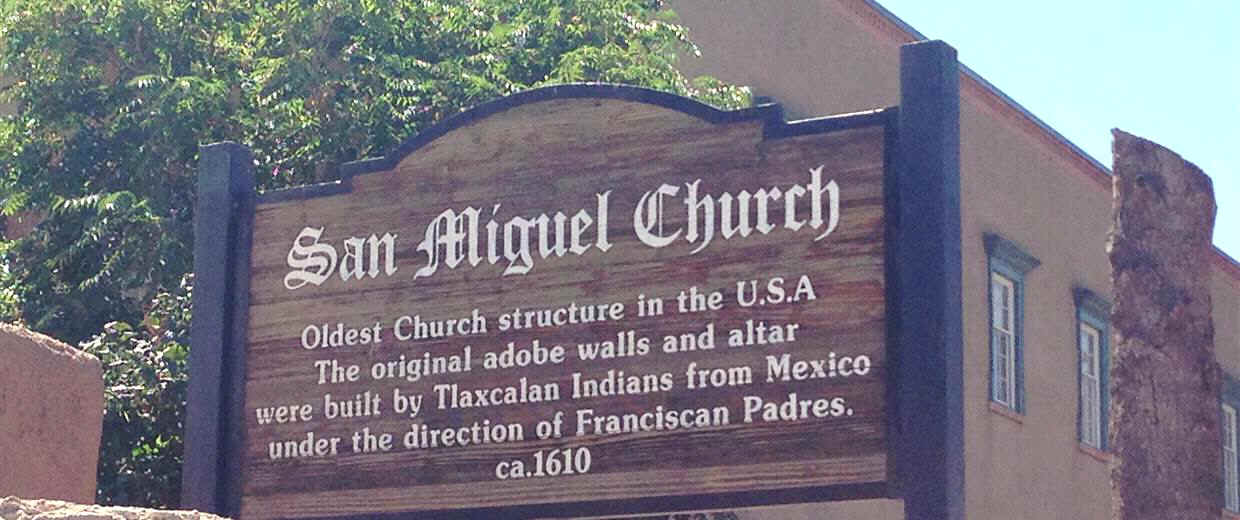
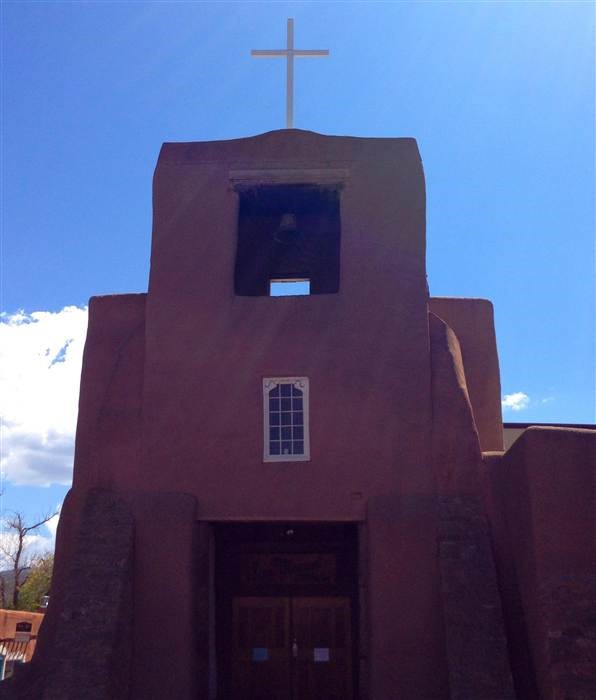
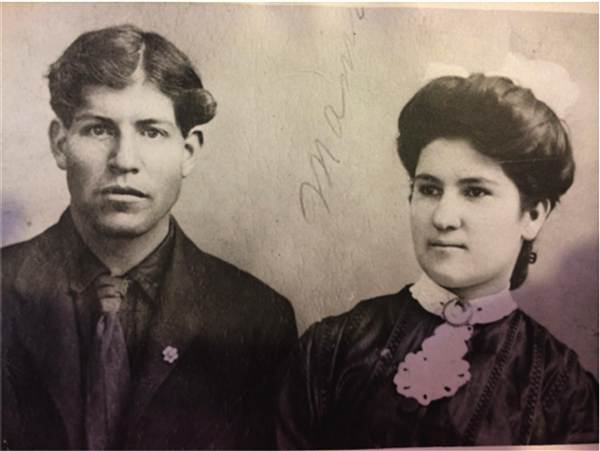
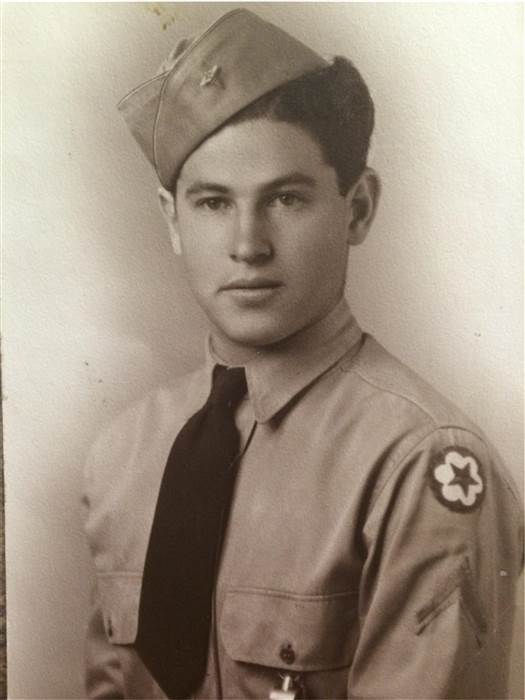
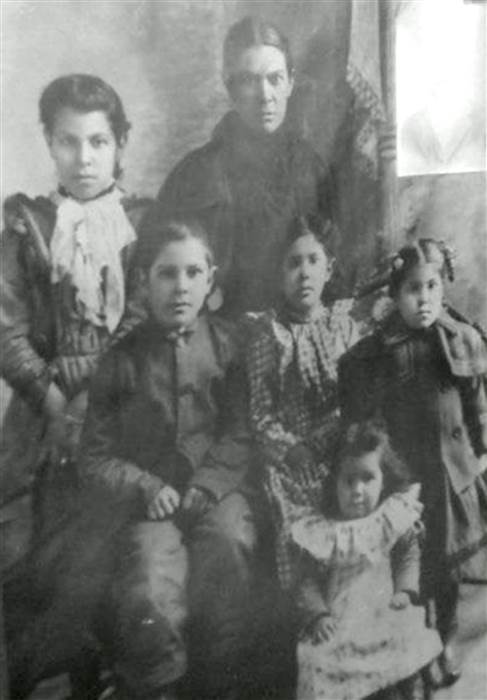





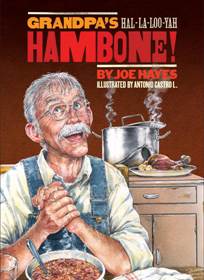
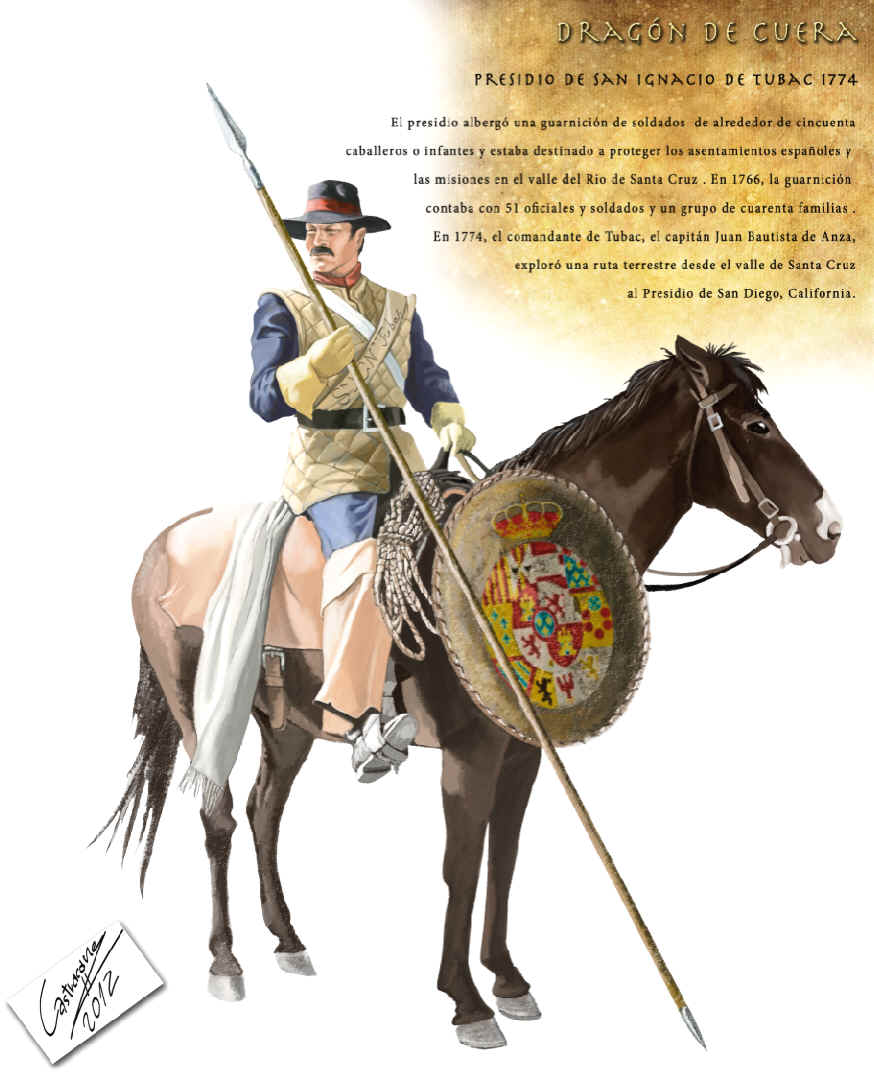

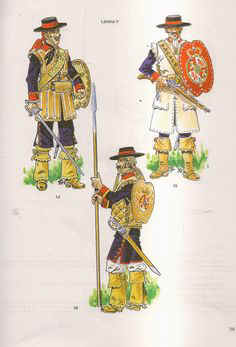
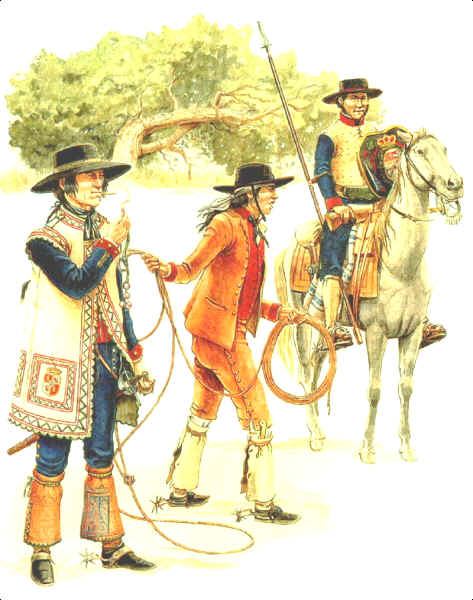

 Voces Oral History Project
Voces Oral History Project

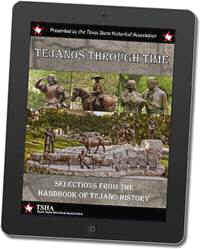

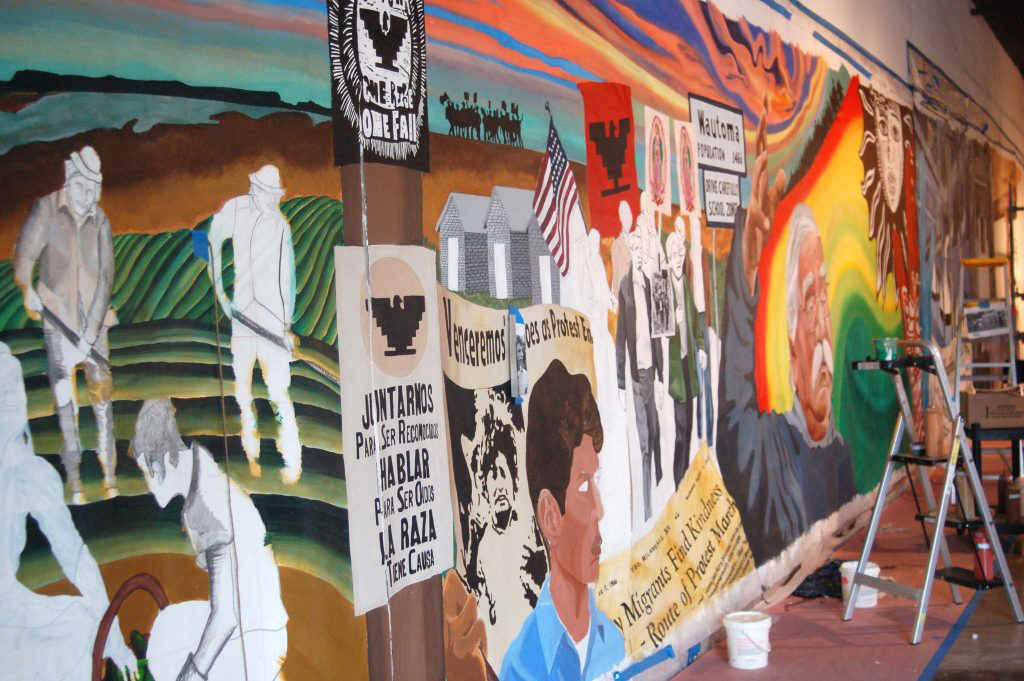
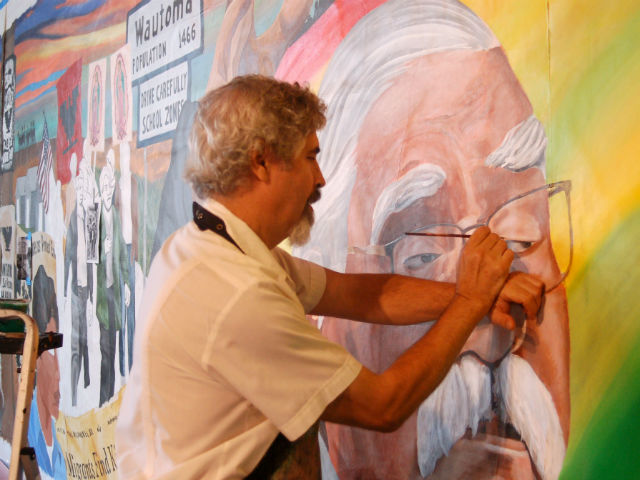
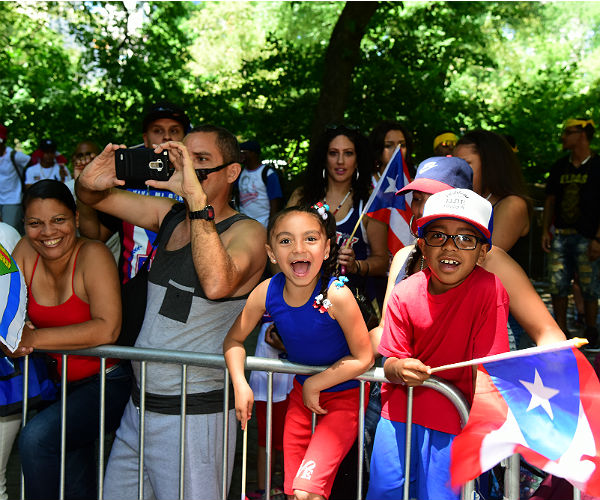
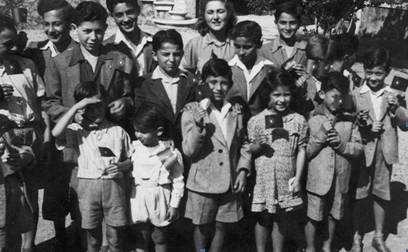
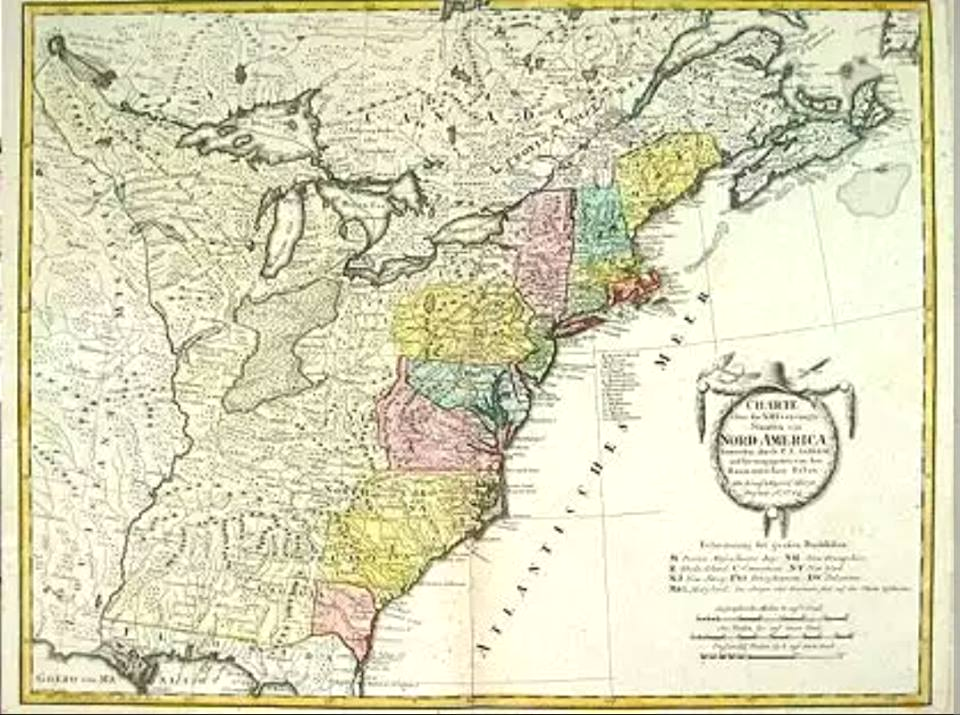


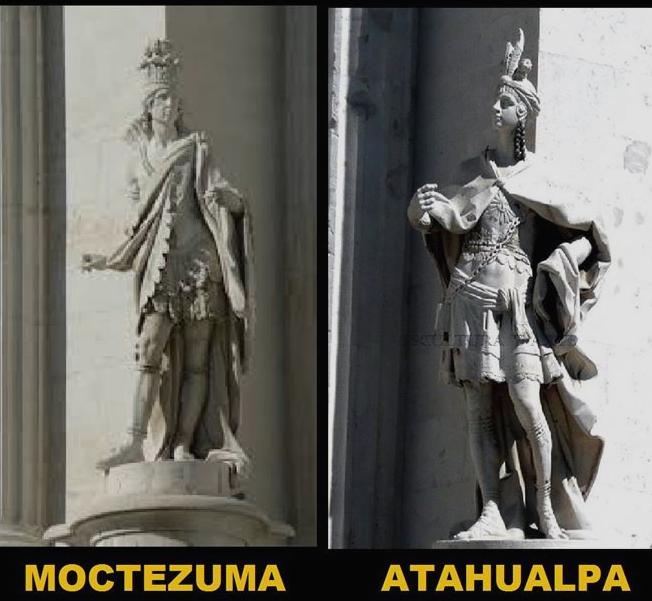

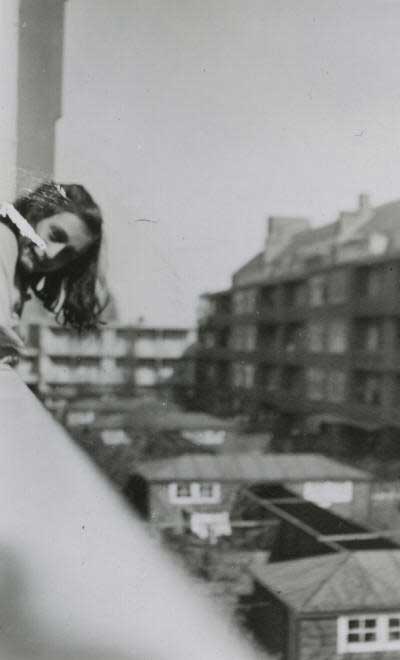

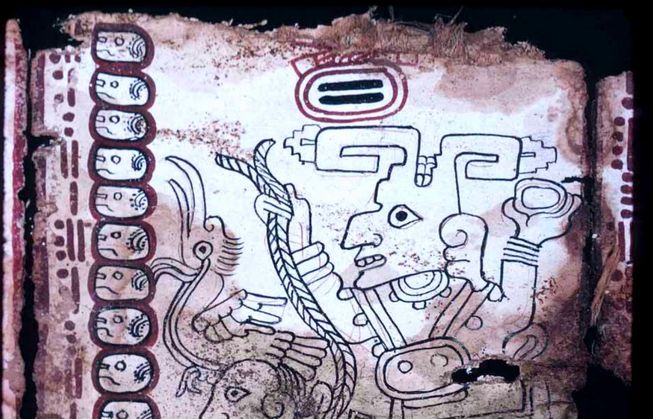
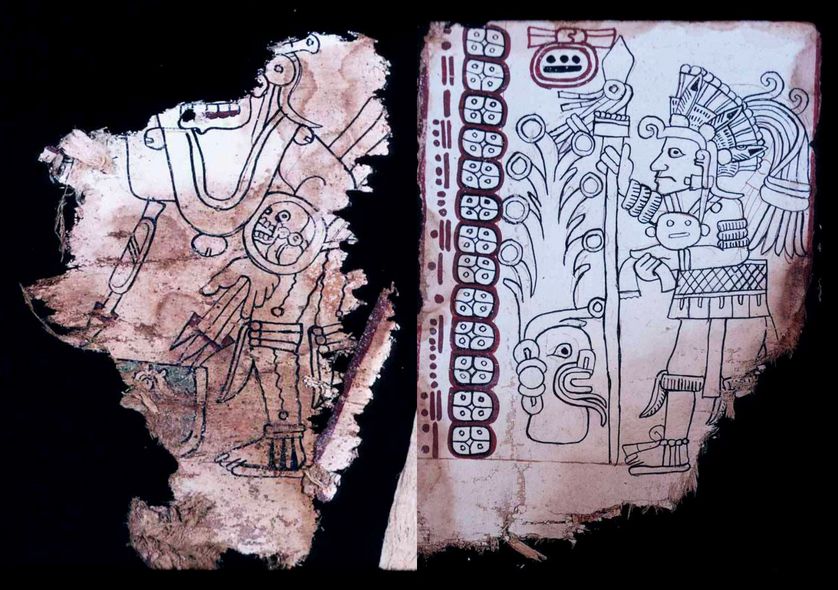

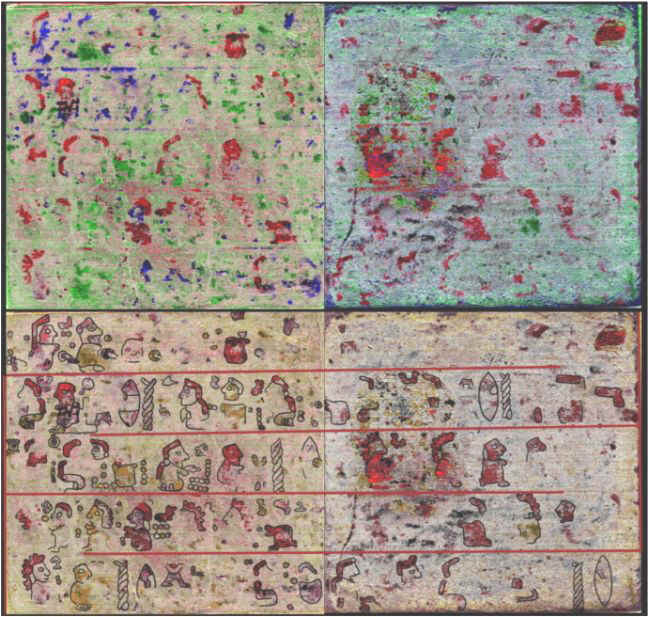
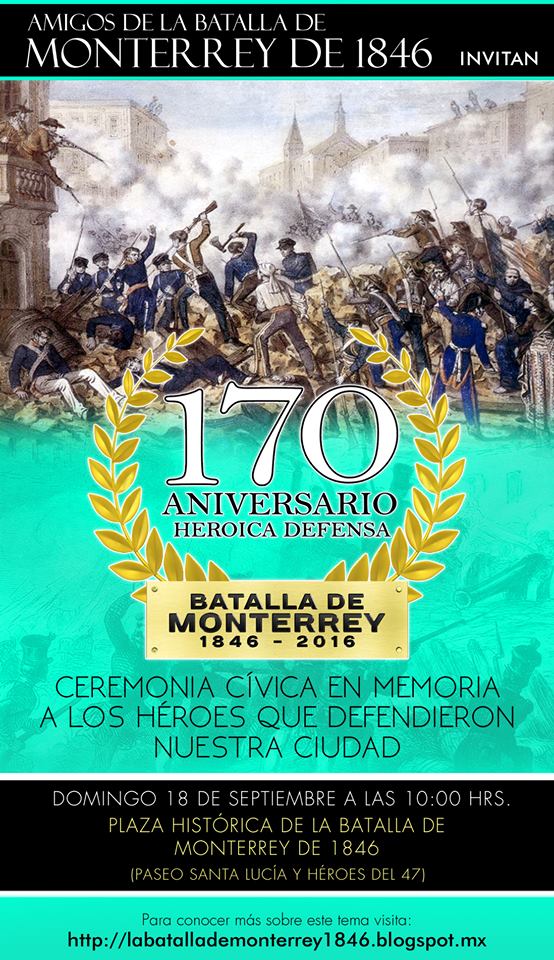
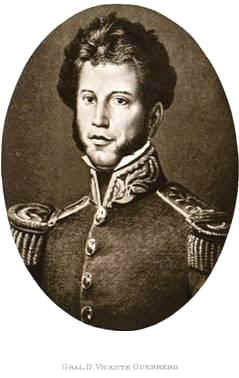 Envìo
a Uds. la imagen del registro del bautismo del General Insurgente Don
Vicente Guerrero Saldaña. Benemèrito de la Patria.
Envìo
a Uds. la imagen del registro del bautismo del General Insurgente Don
Vicente Guerrero Saldaña. Benemèrito de la Patria. 
